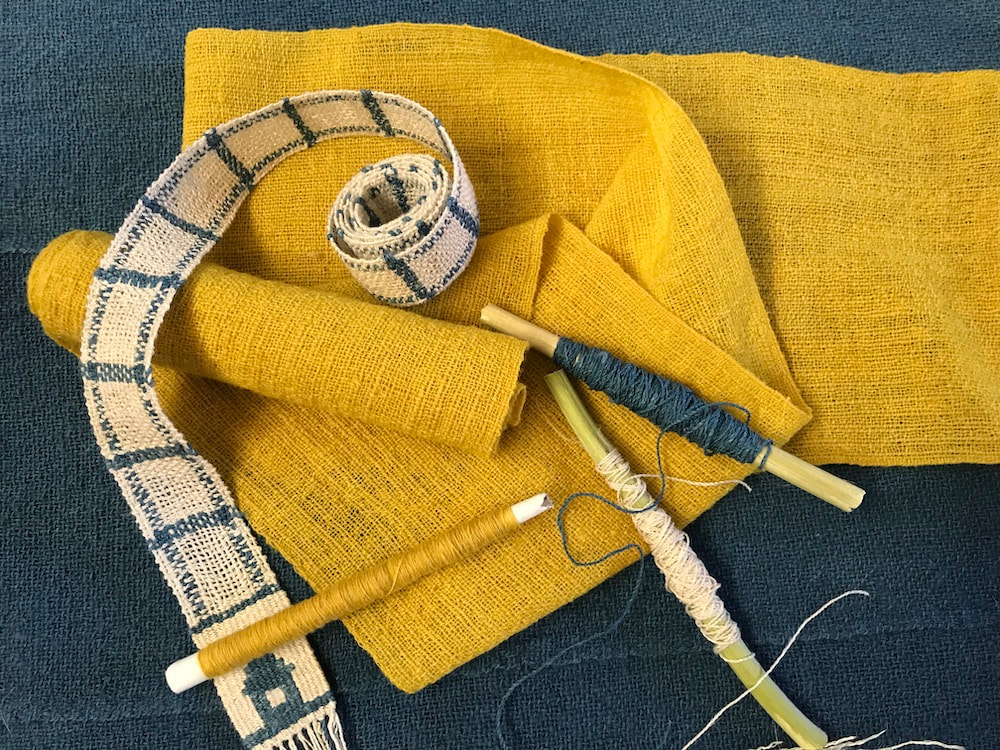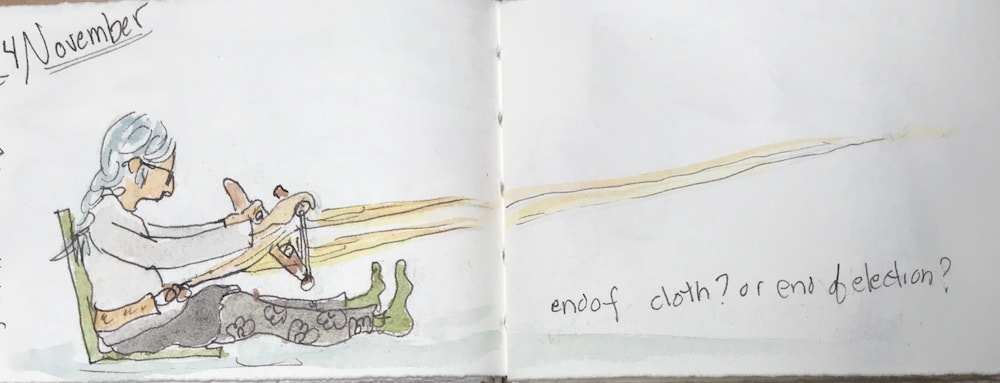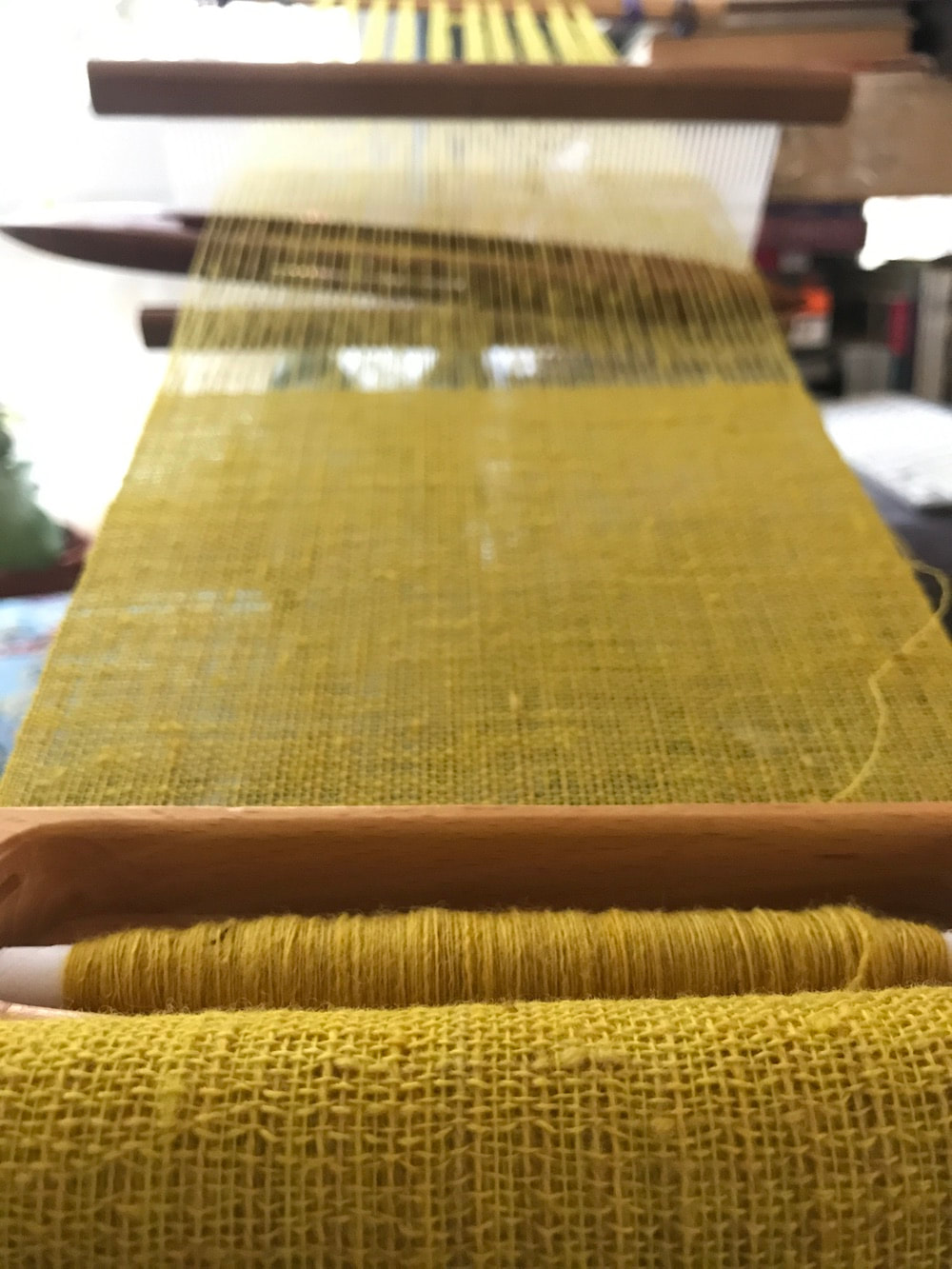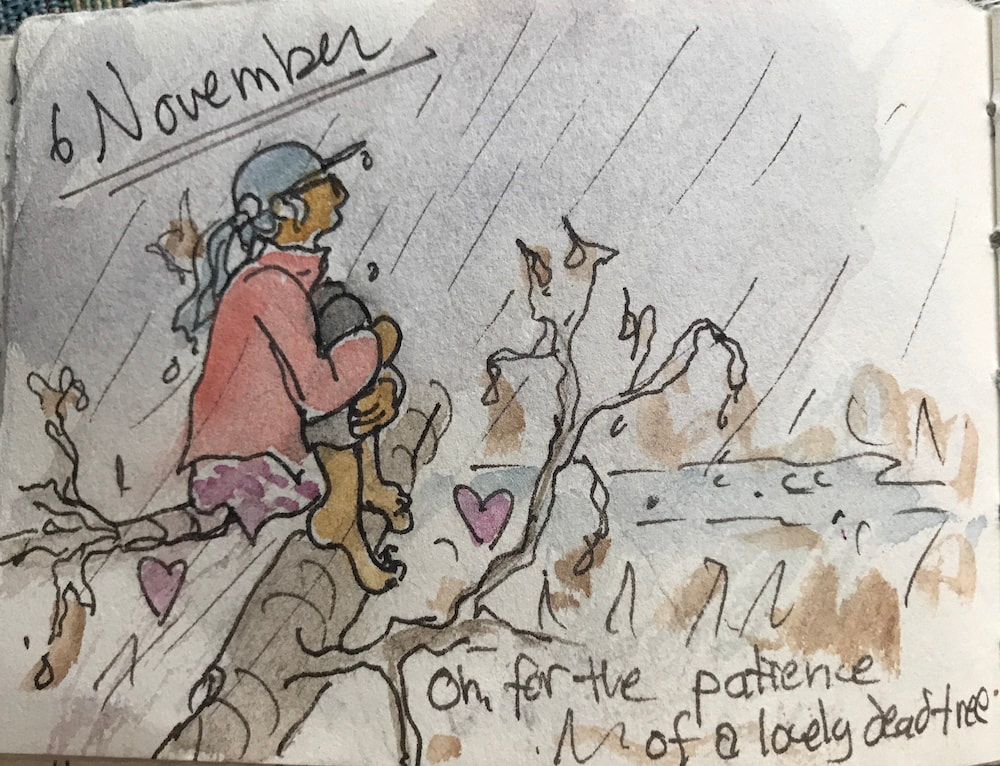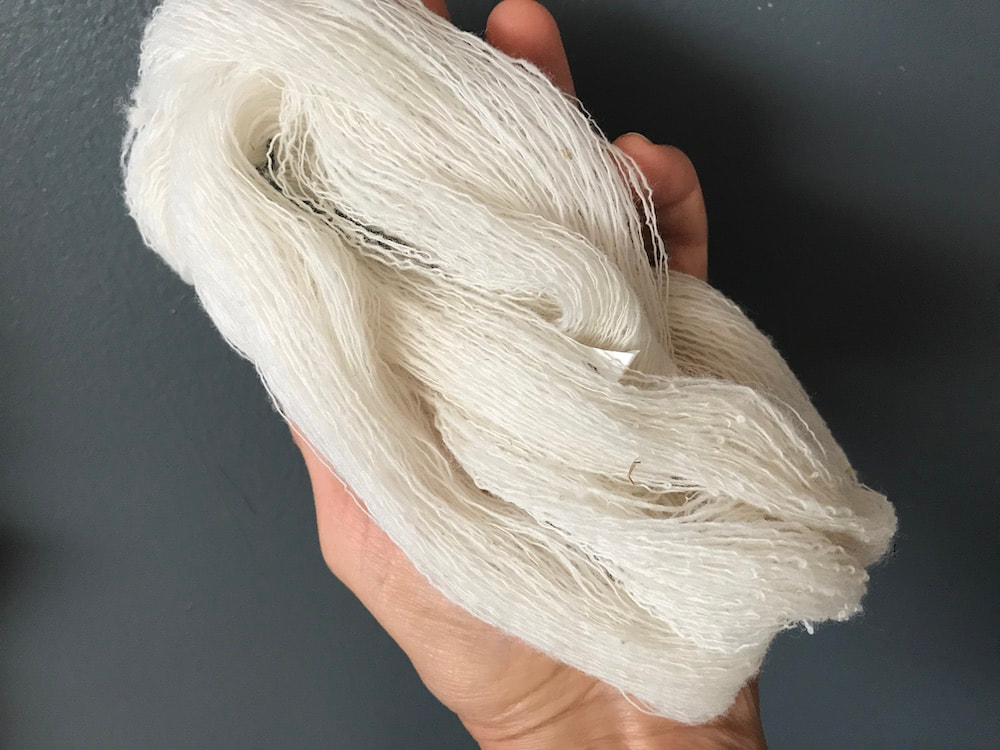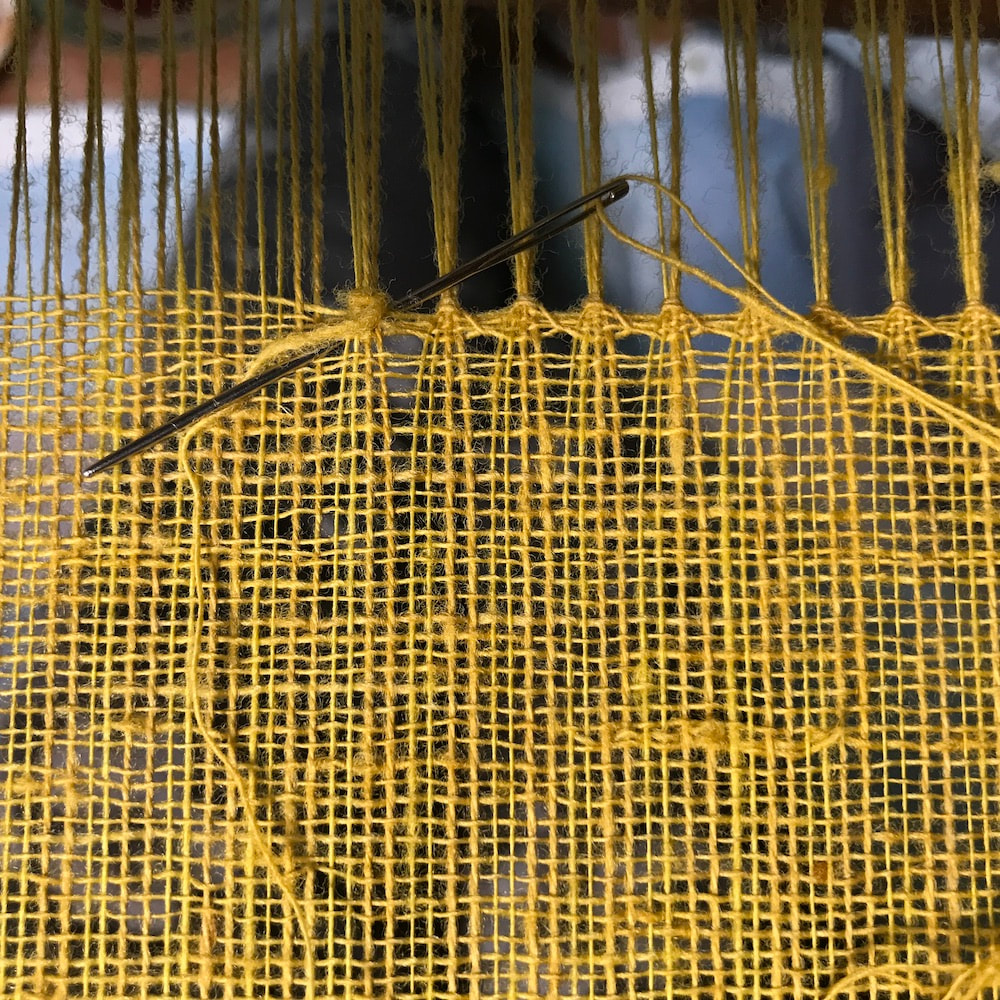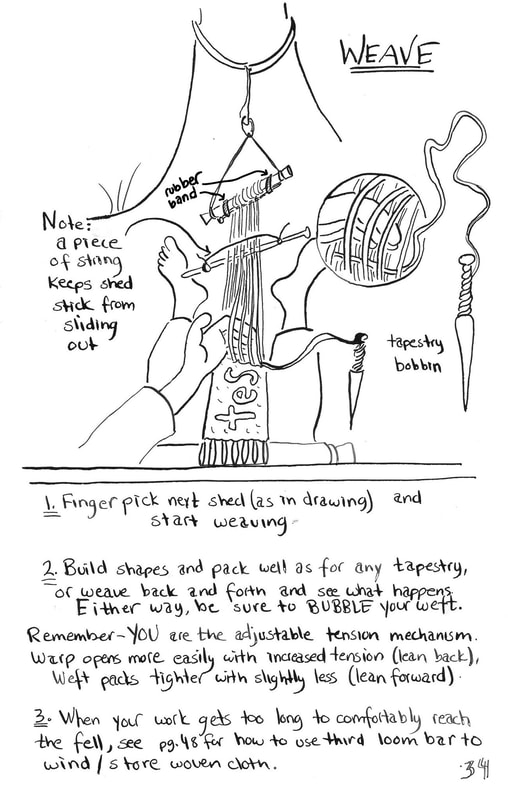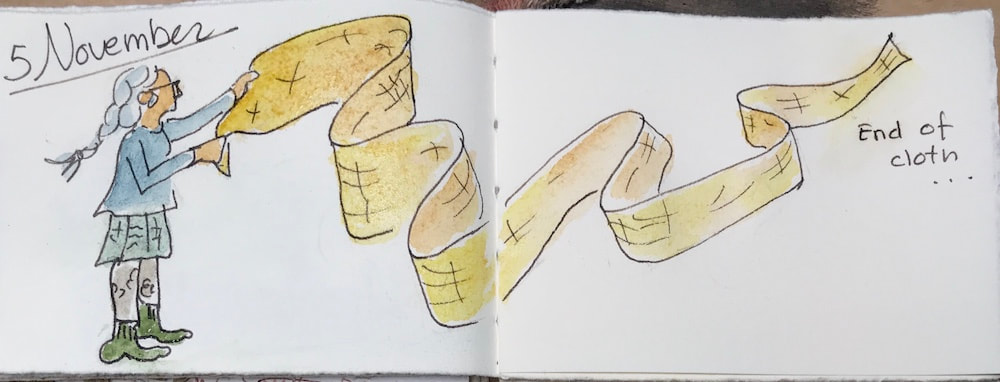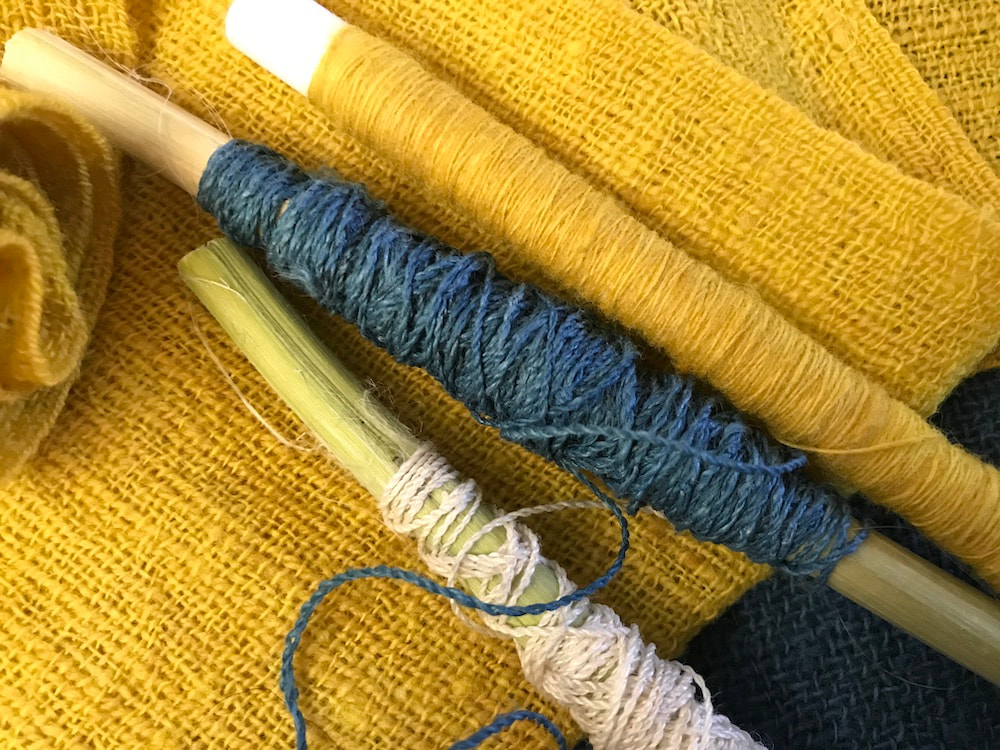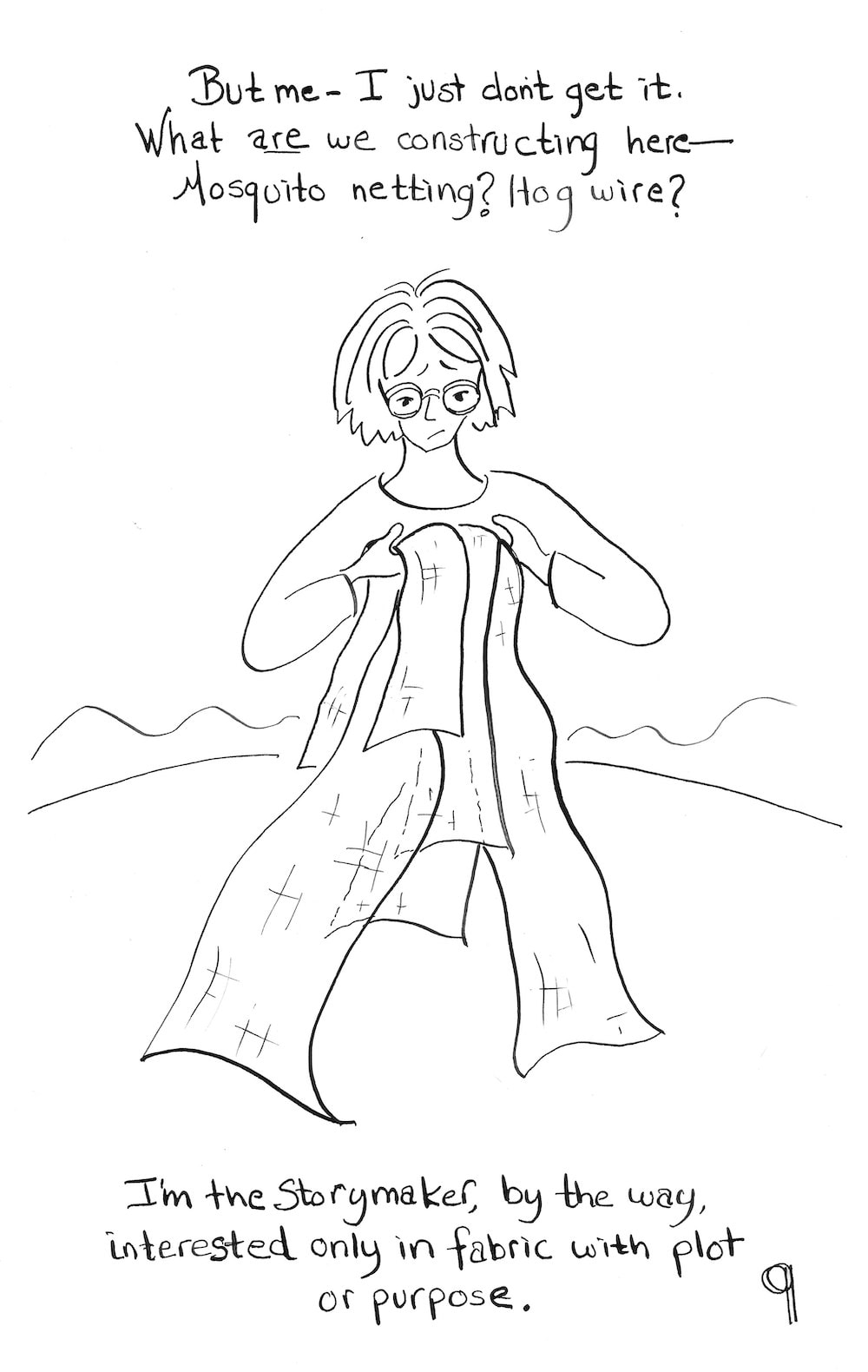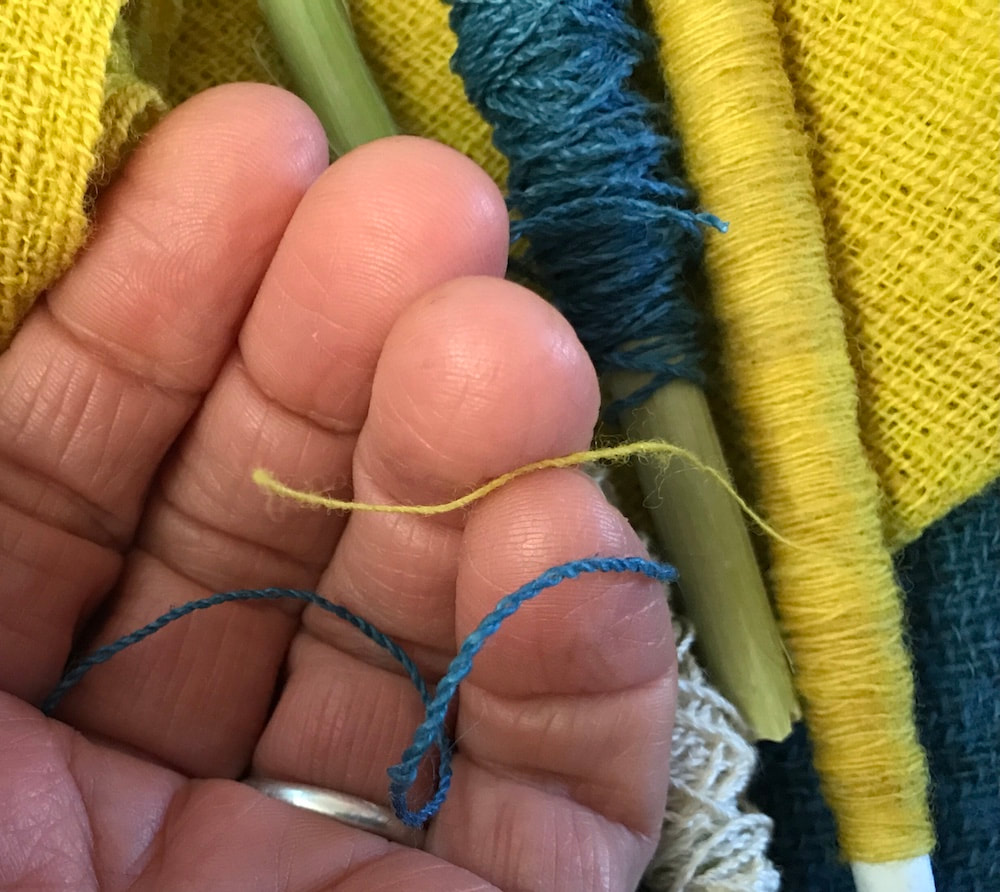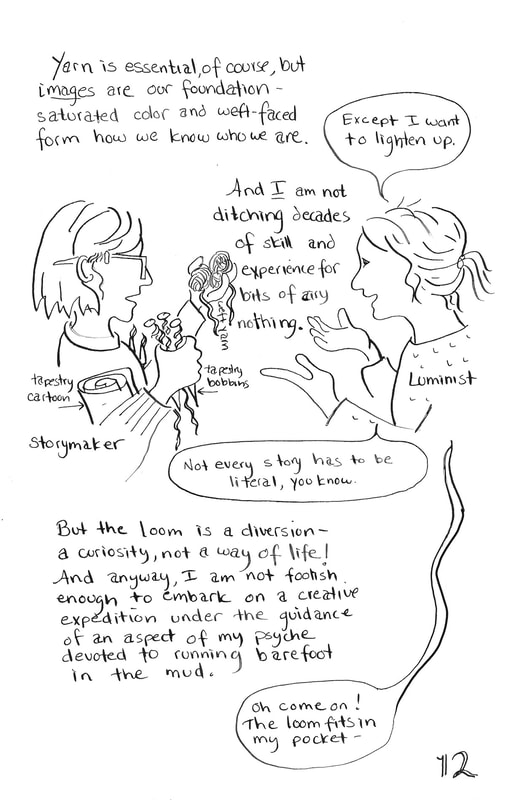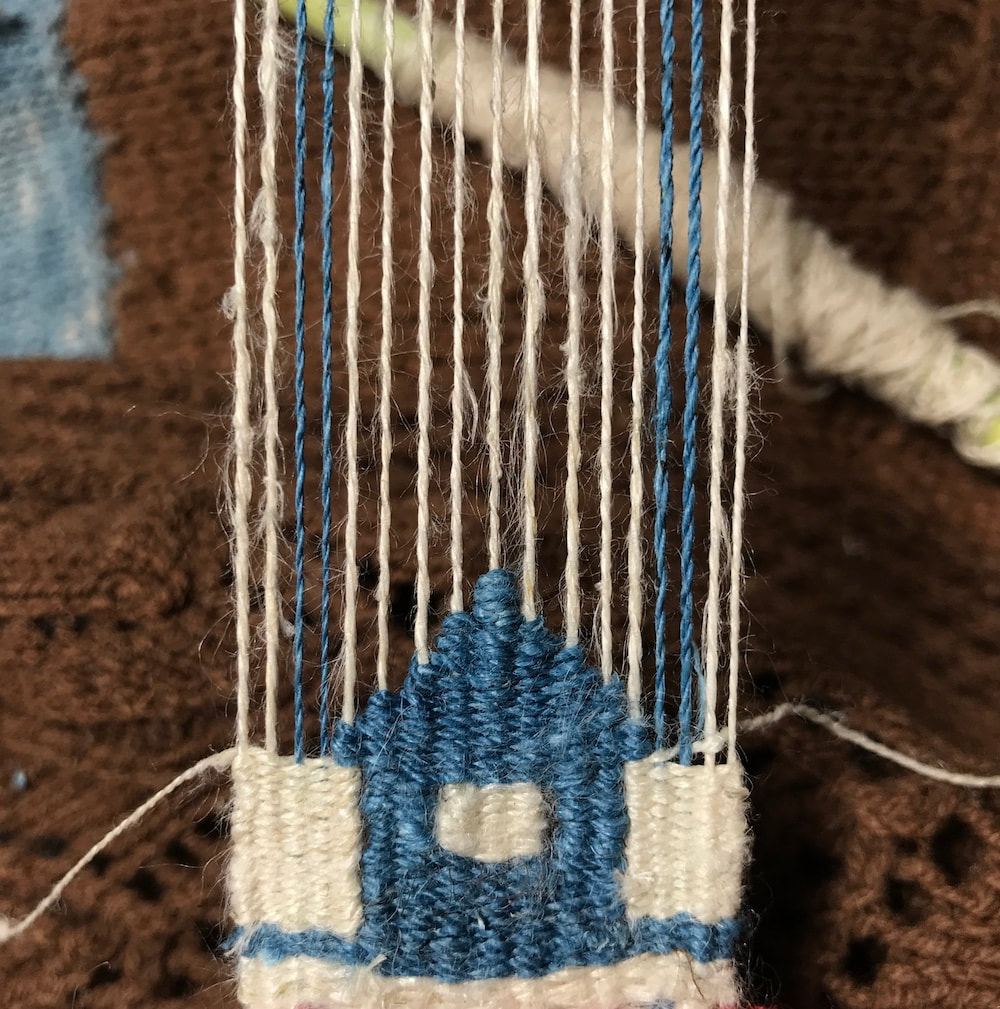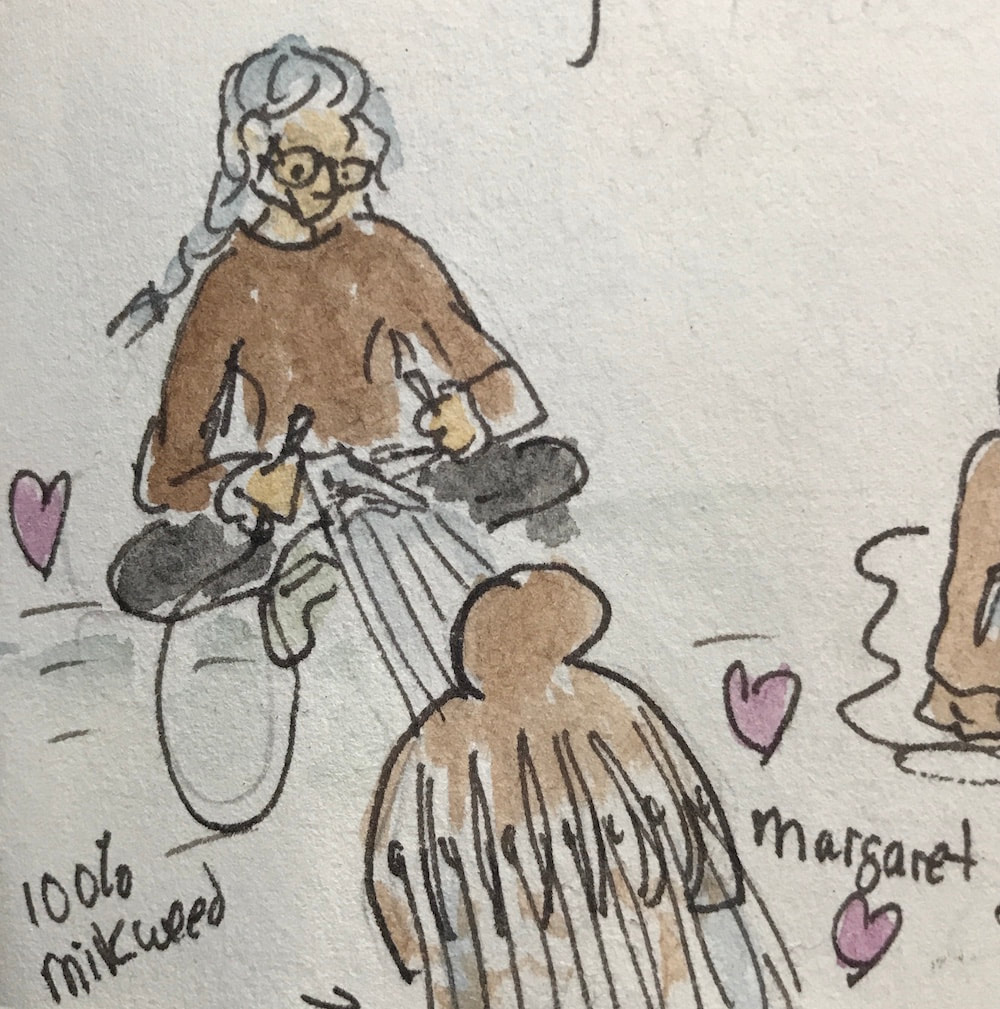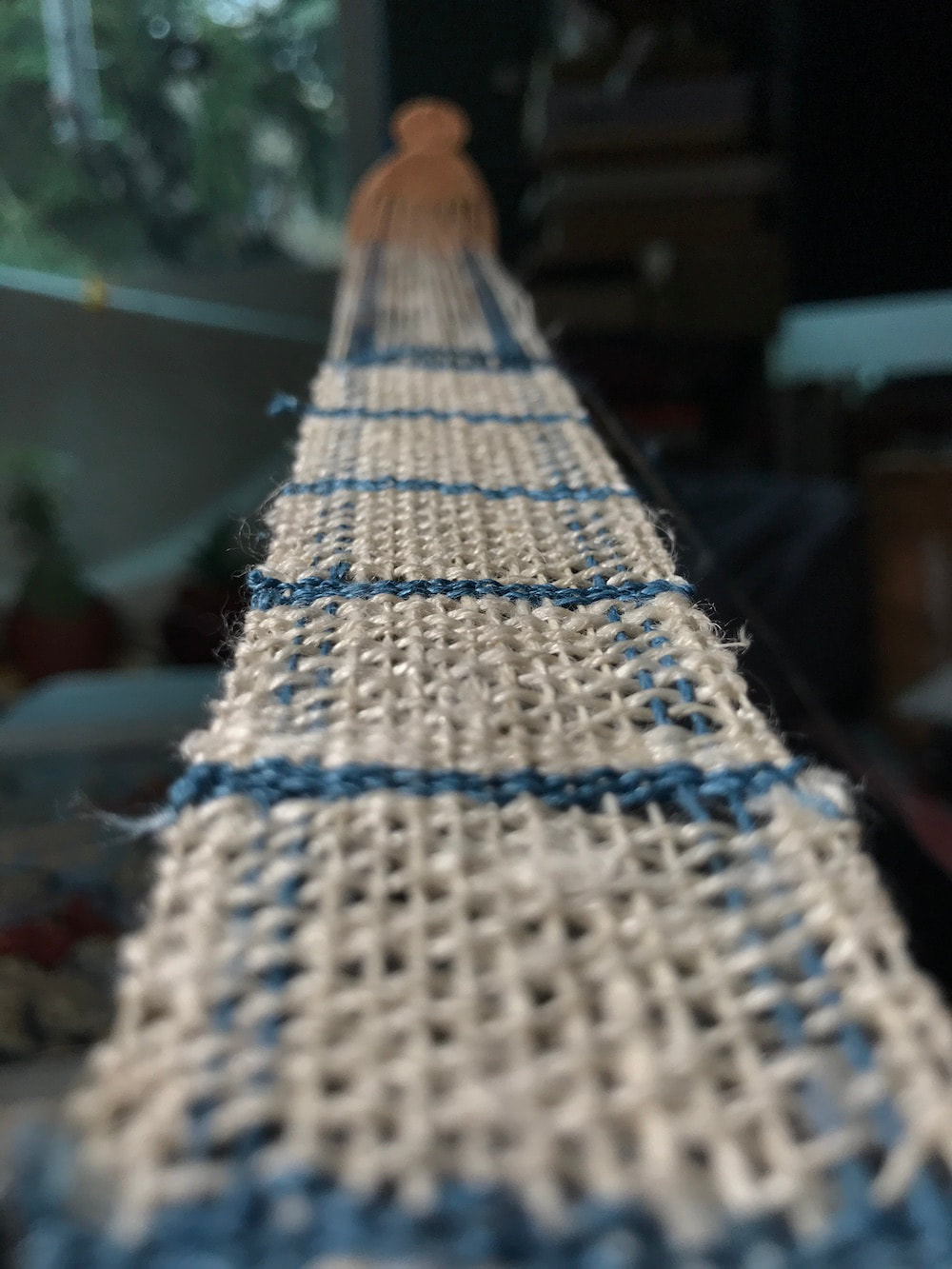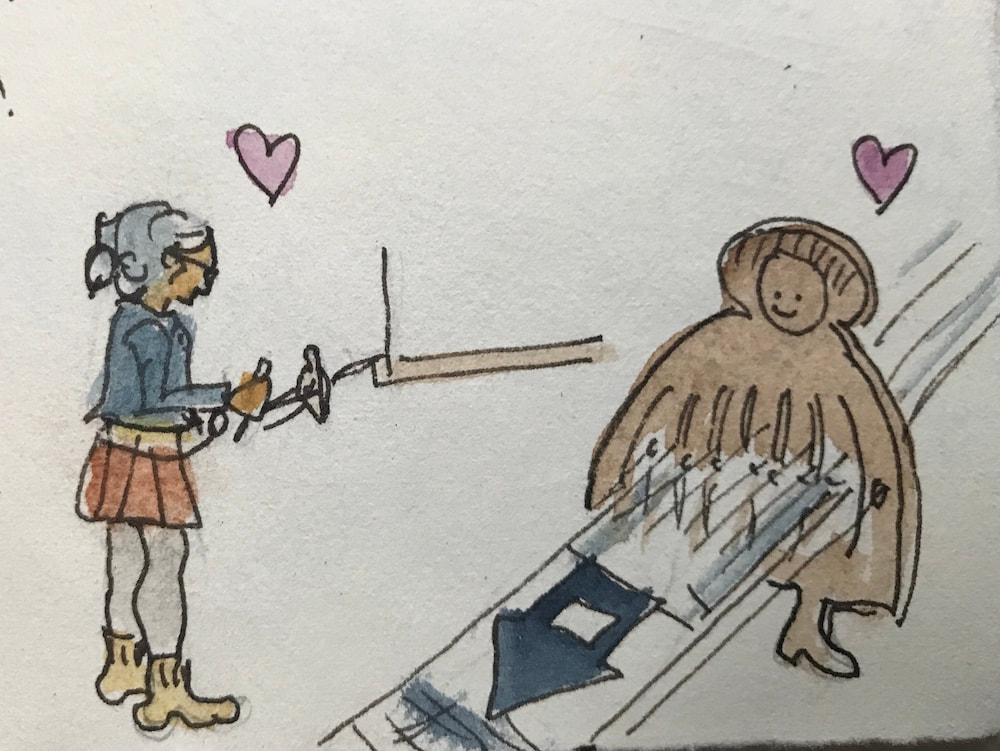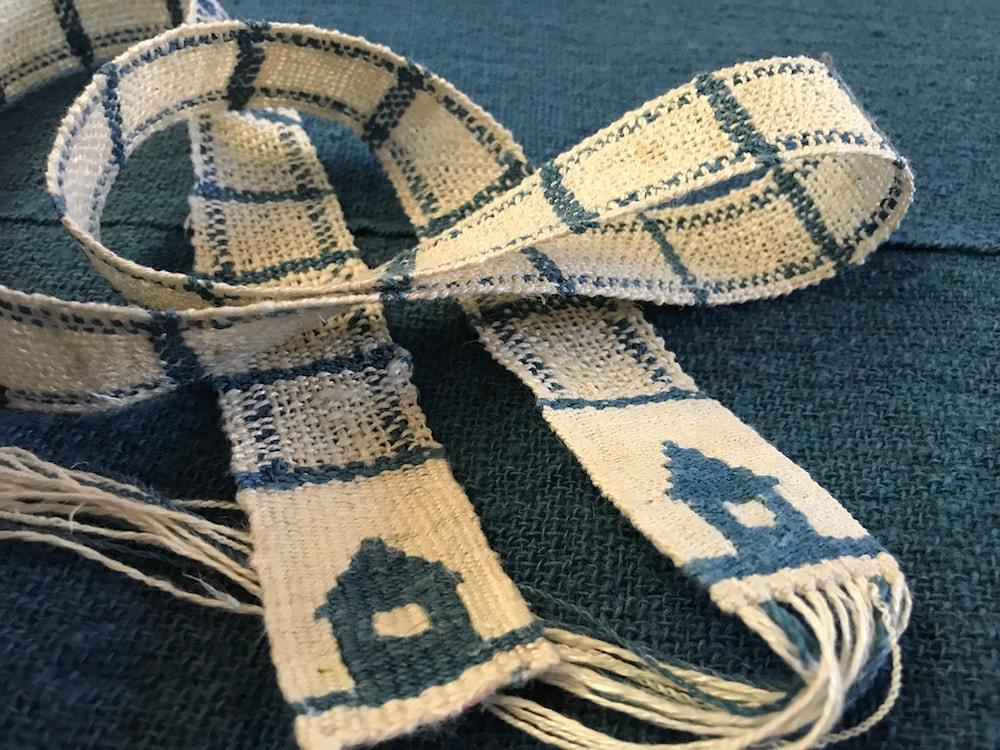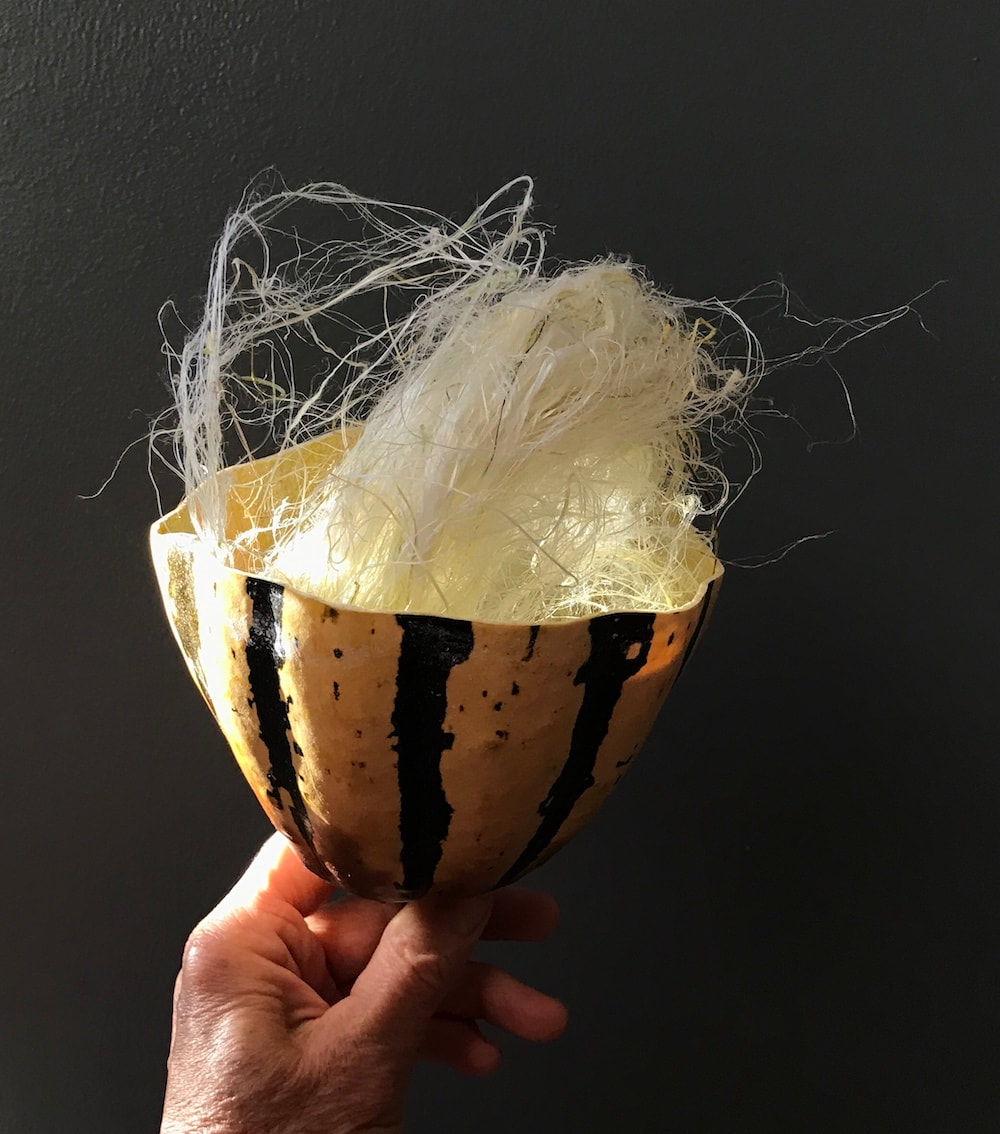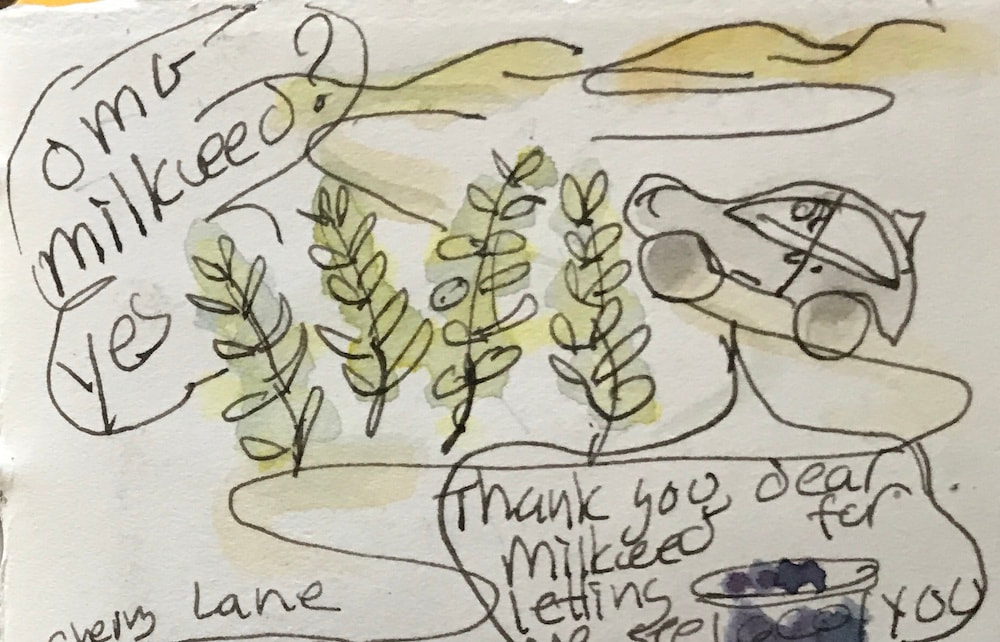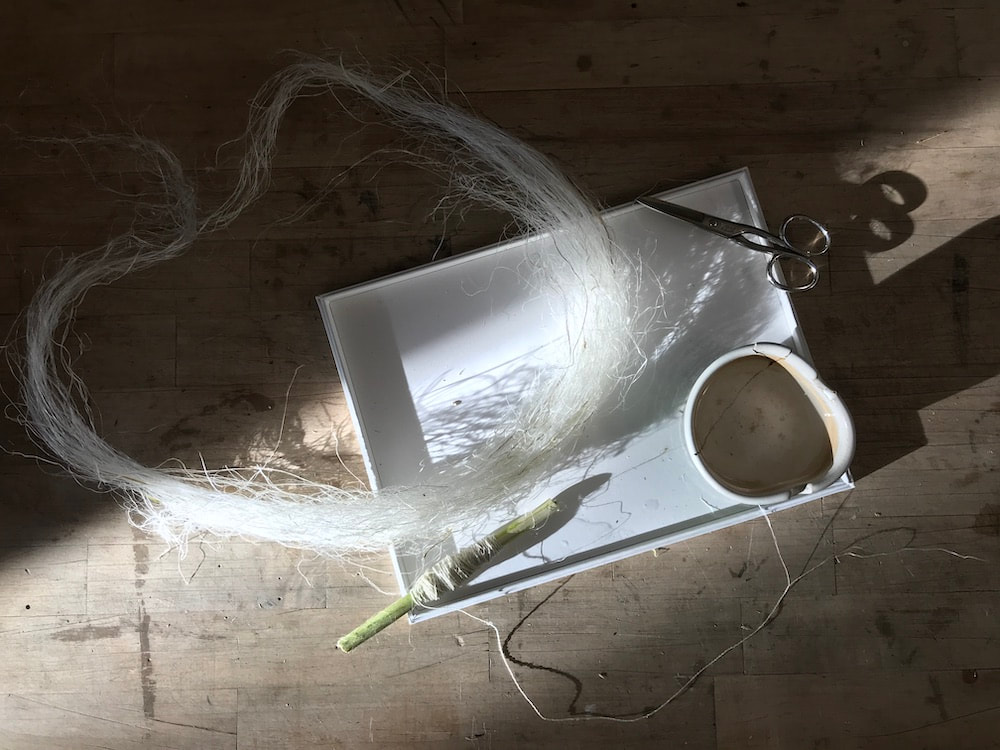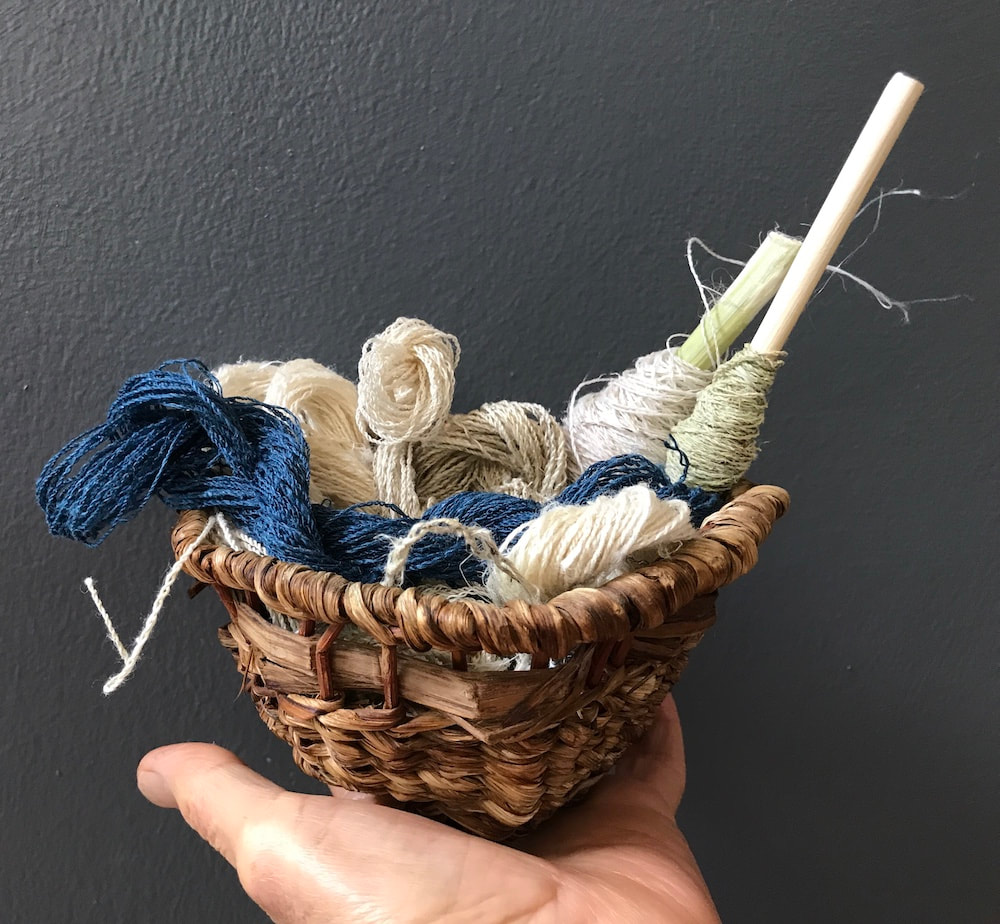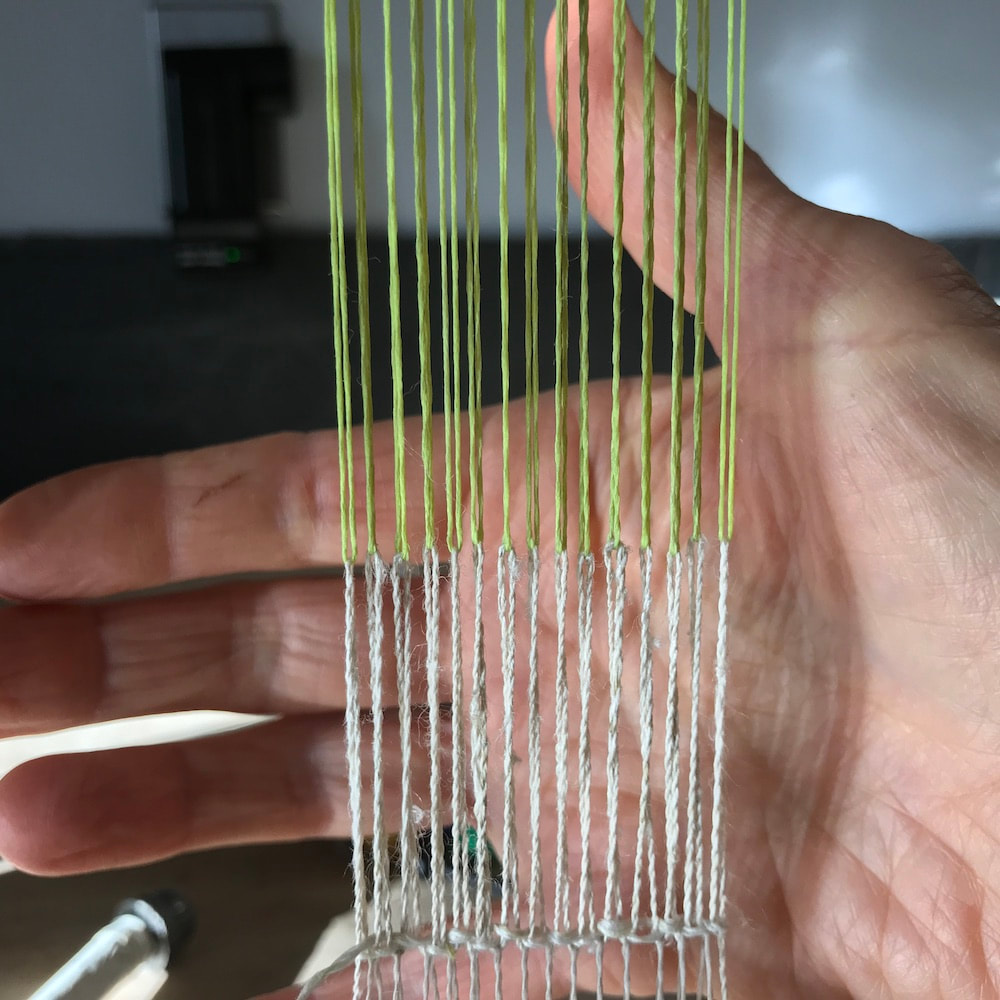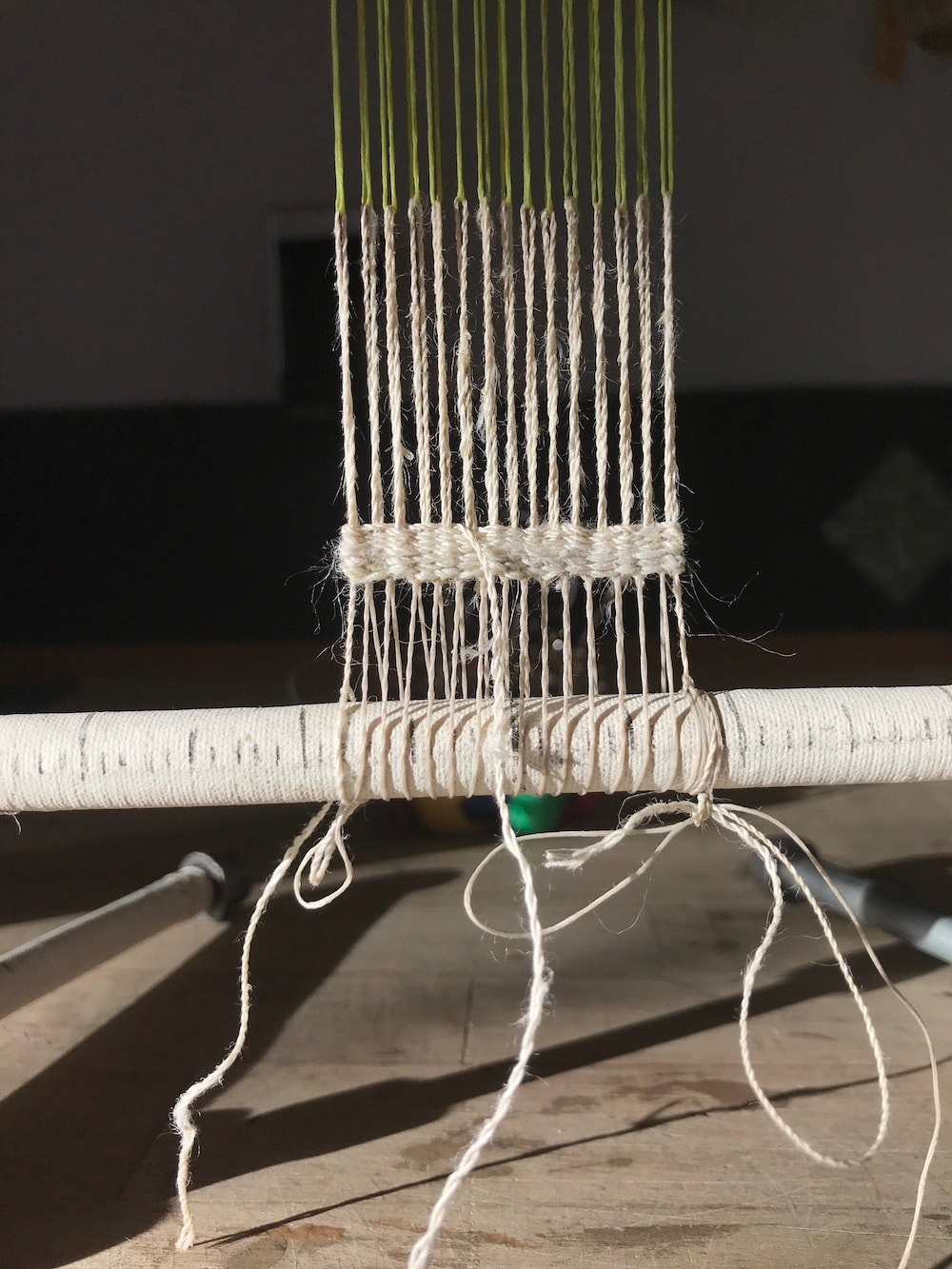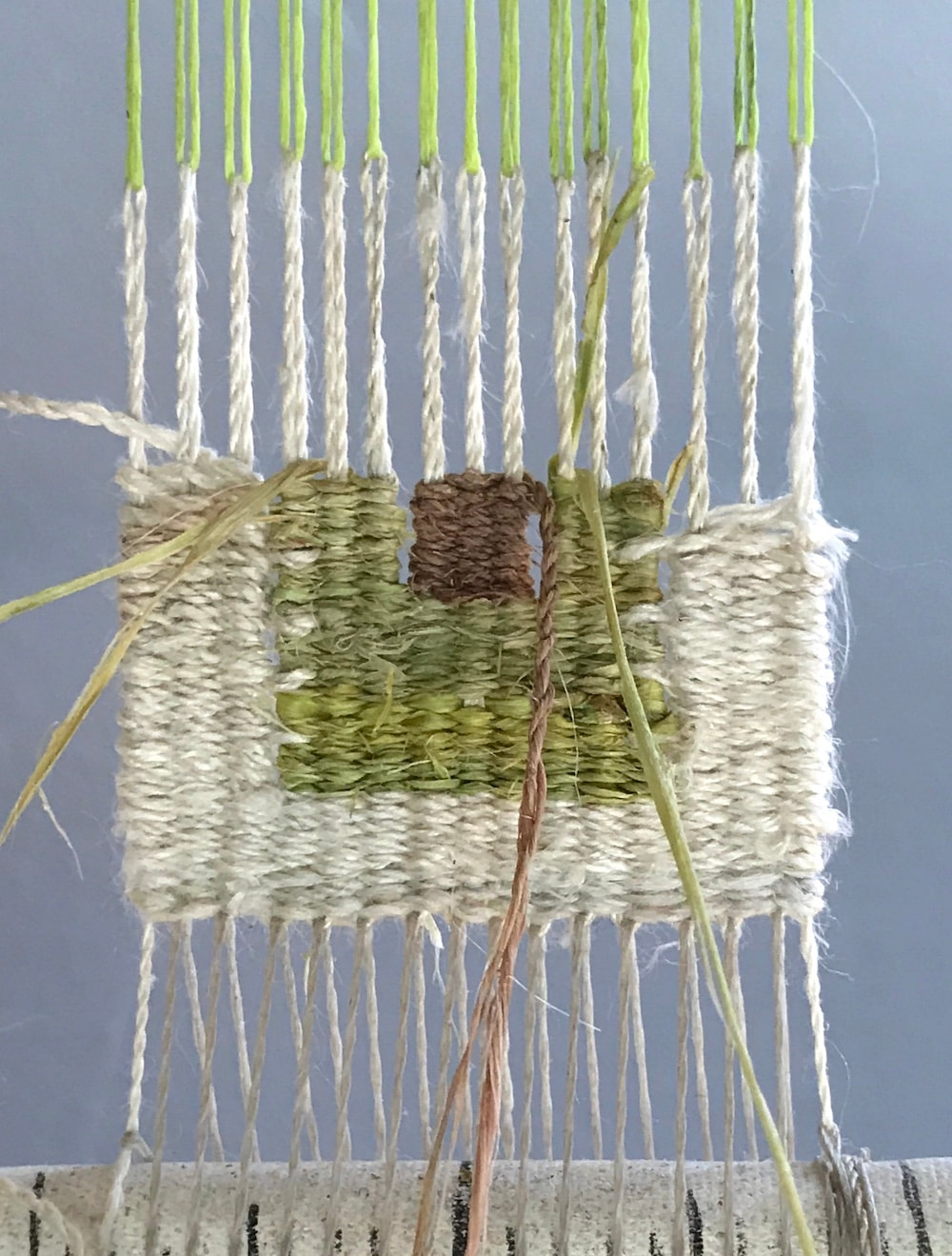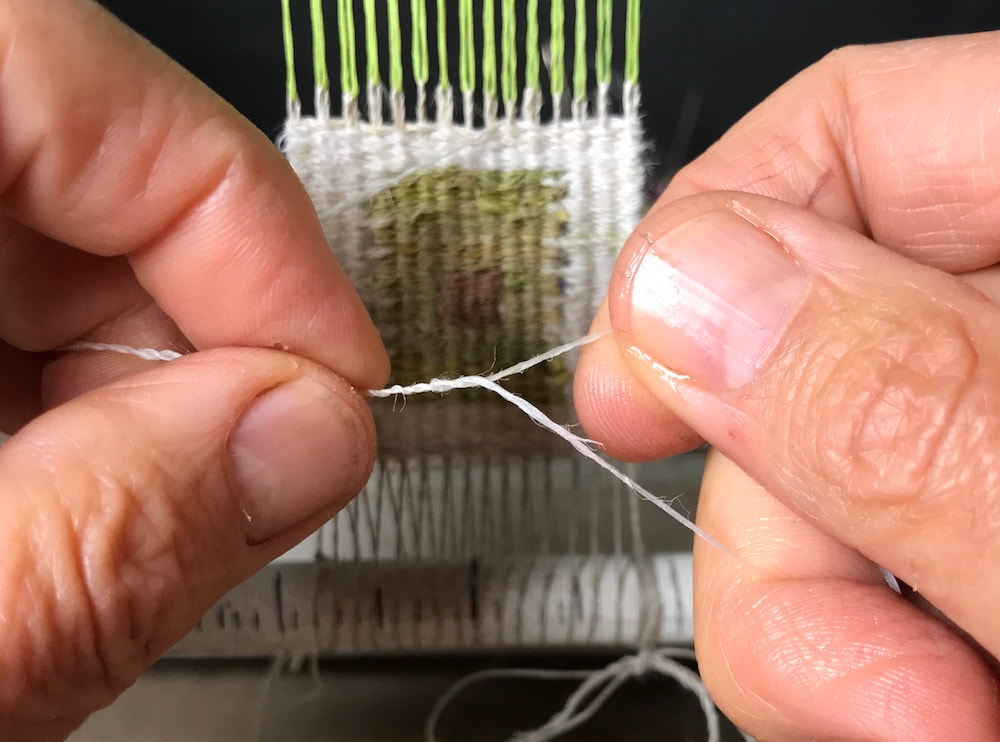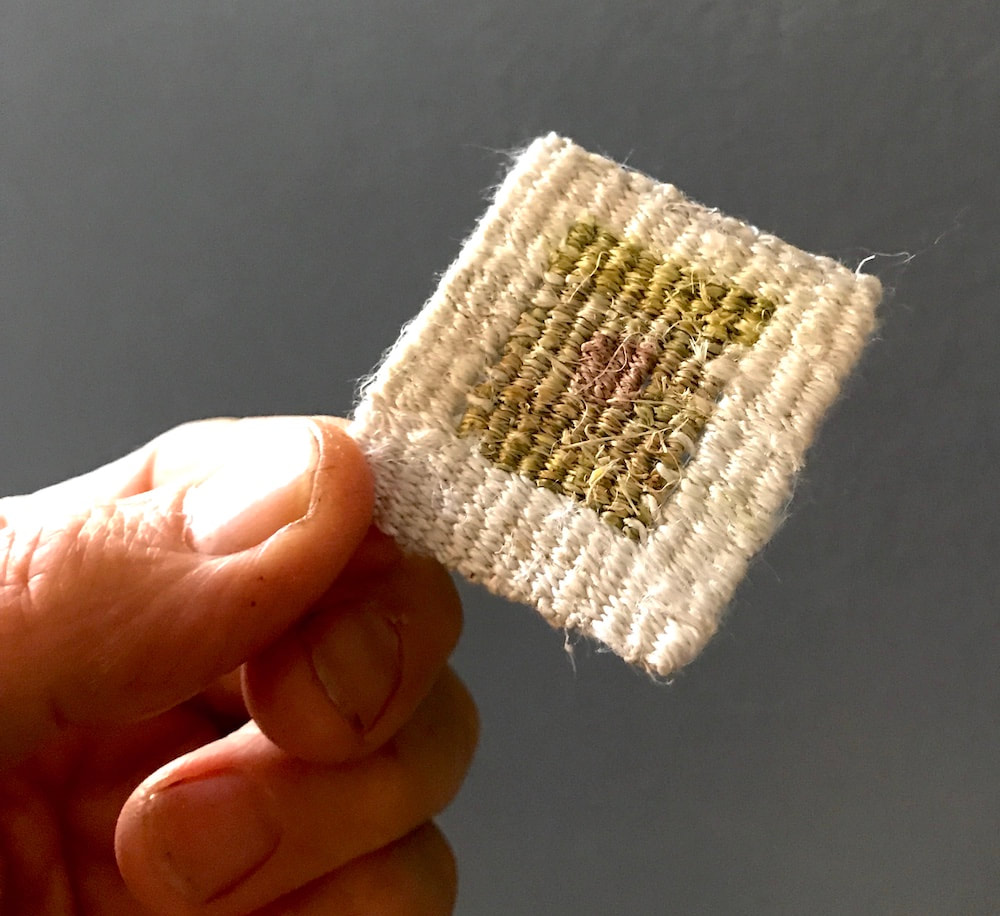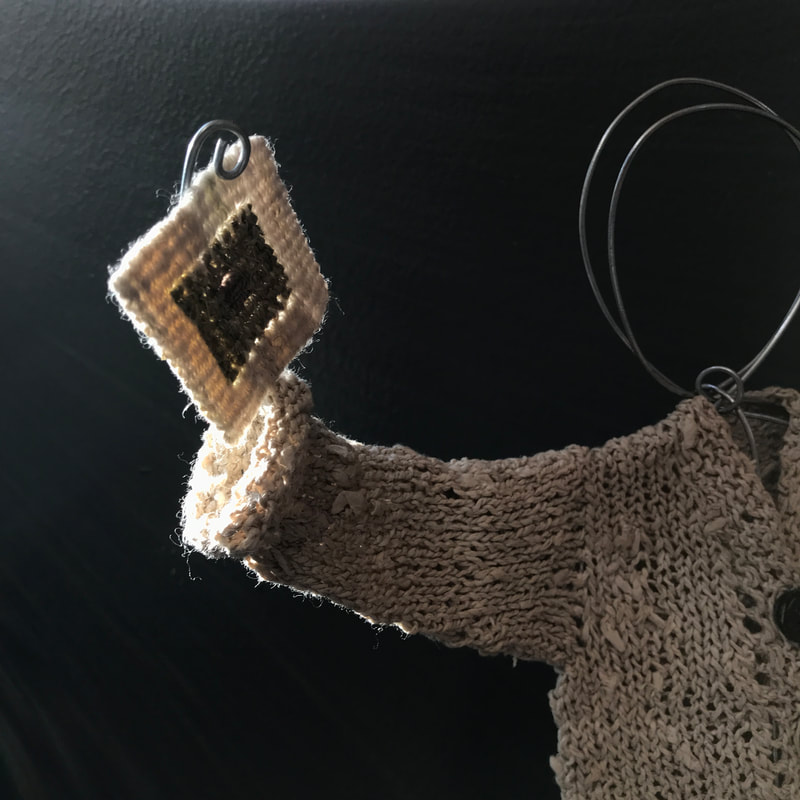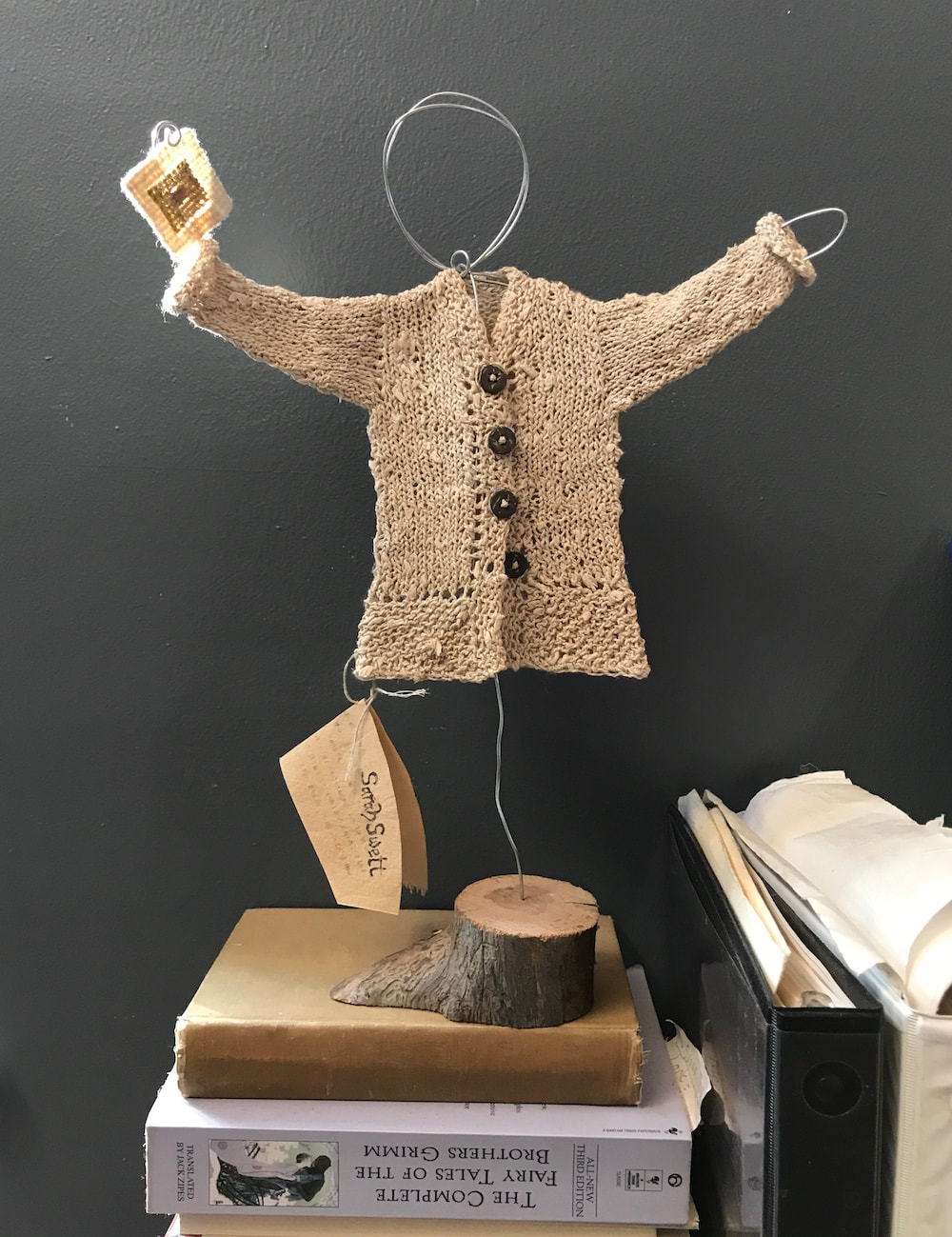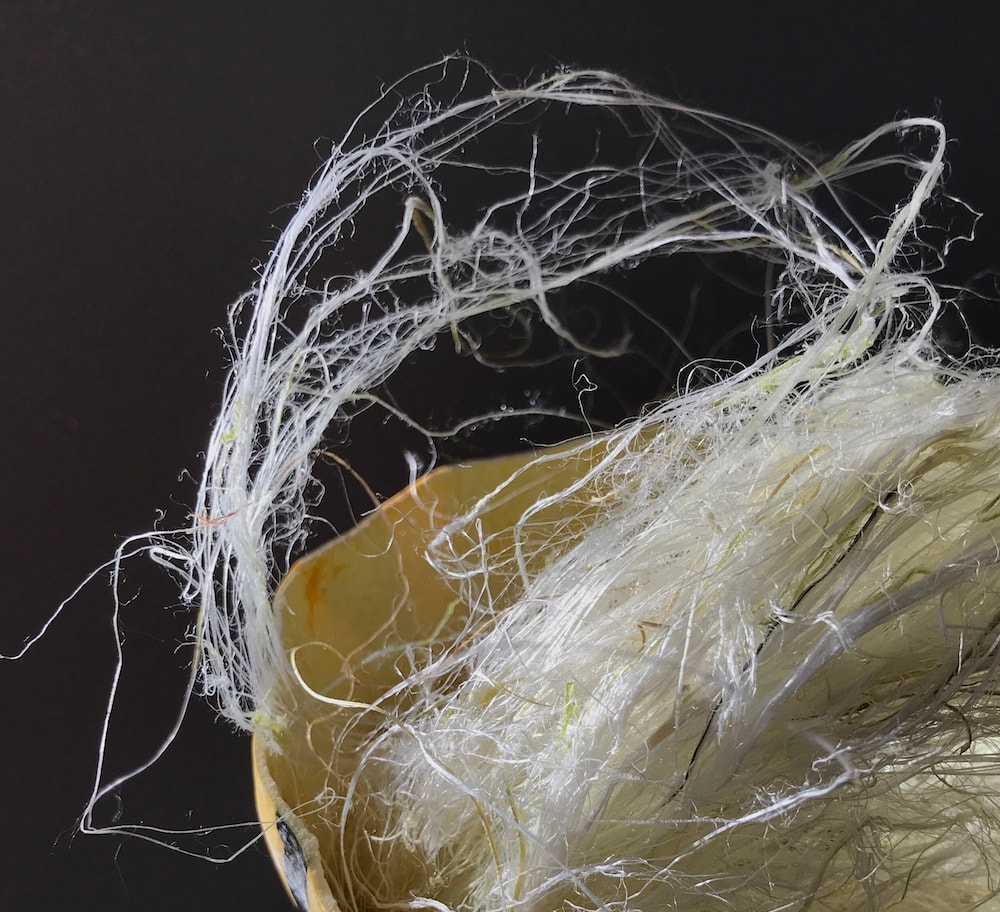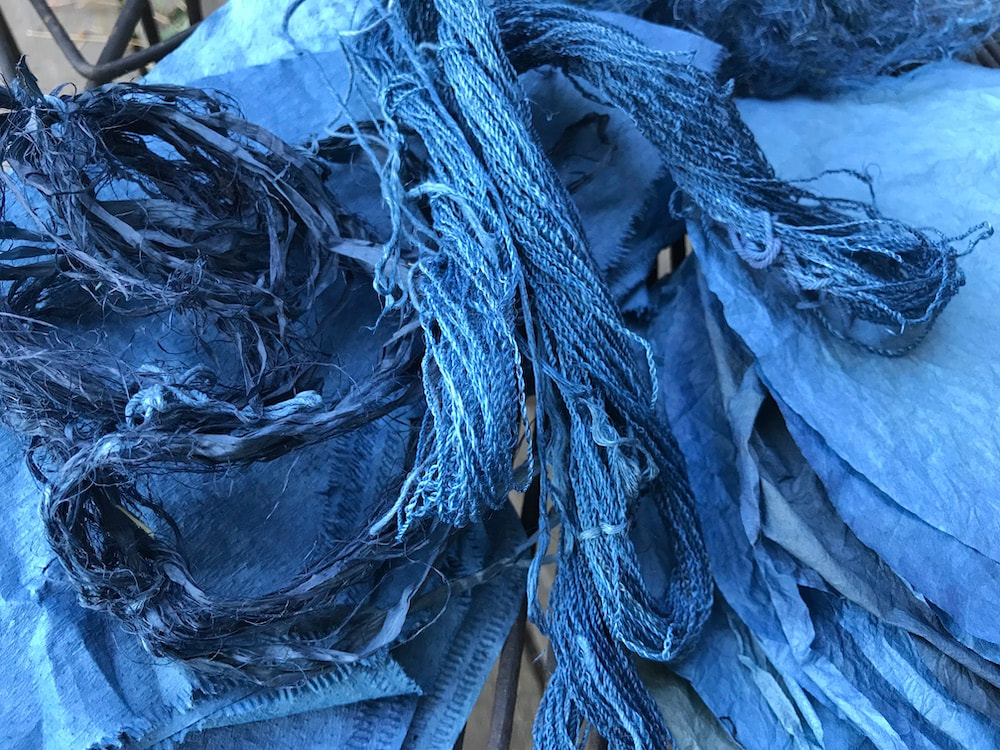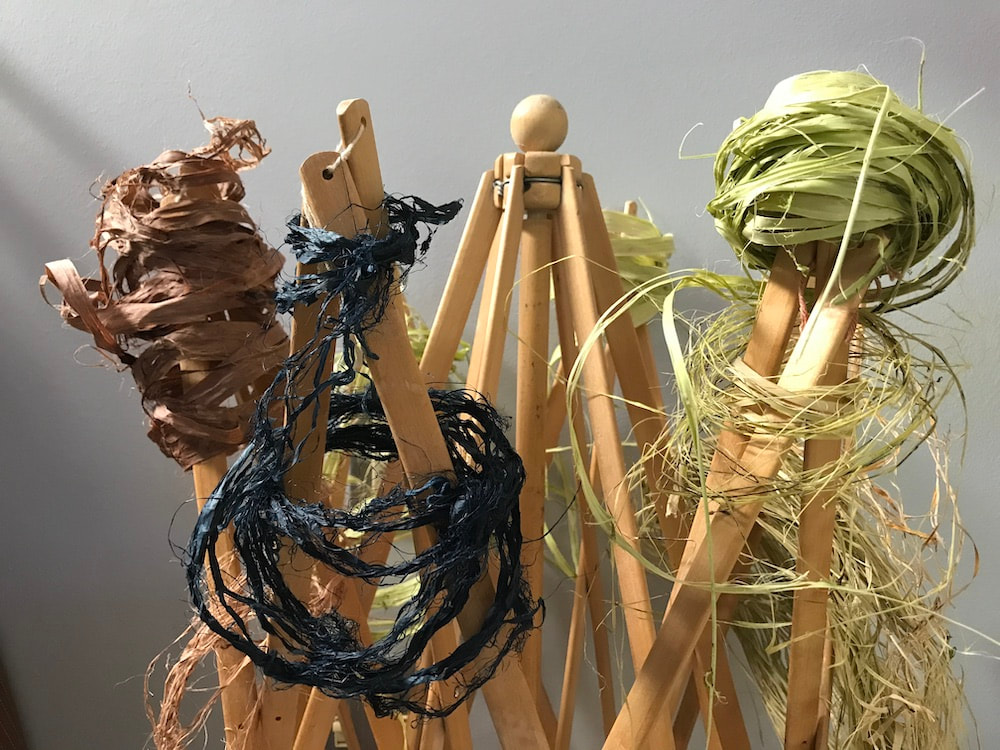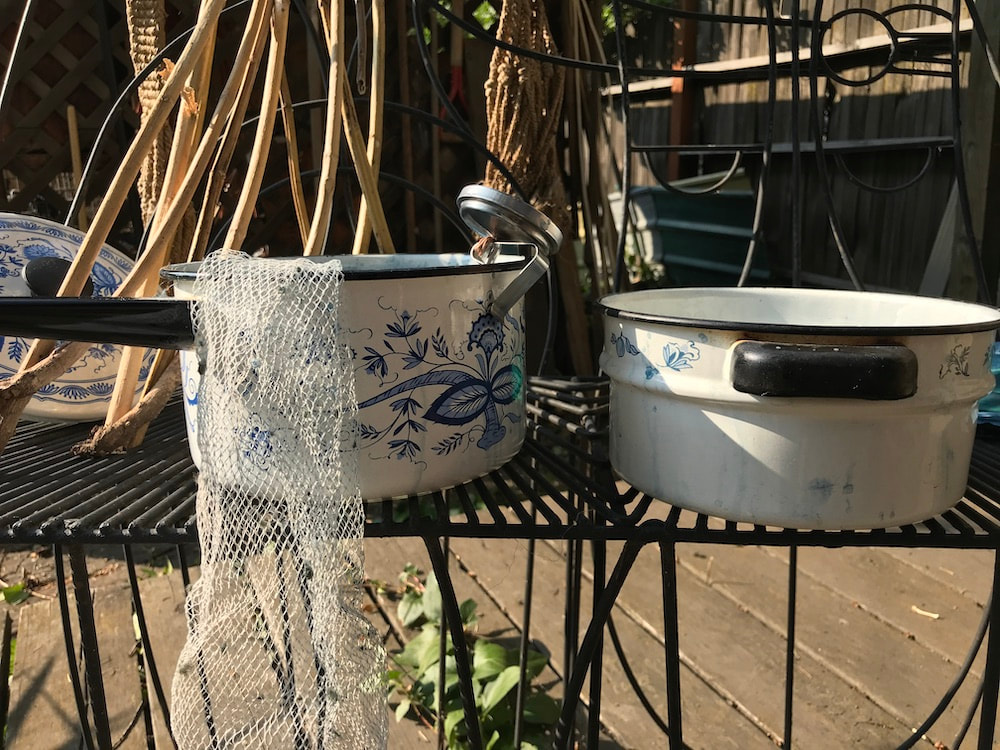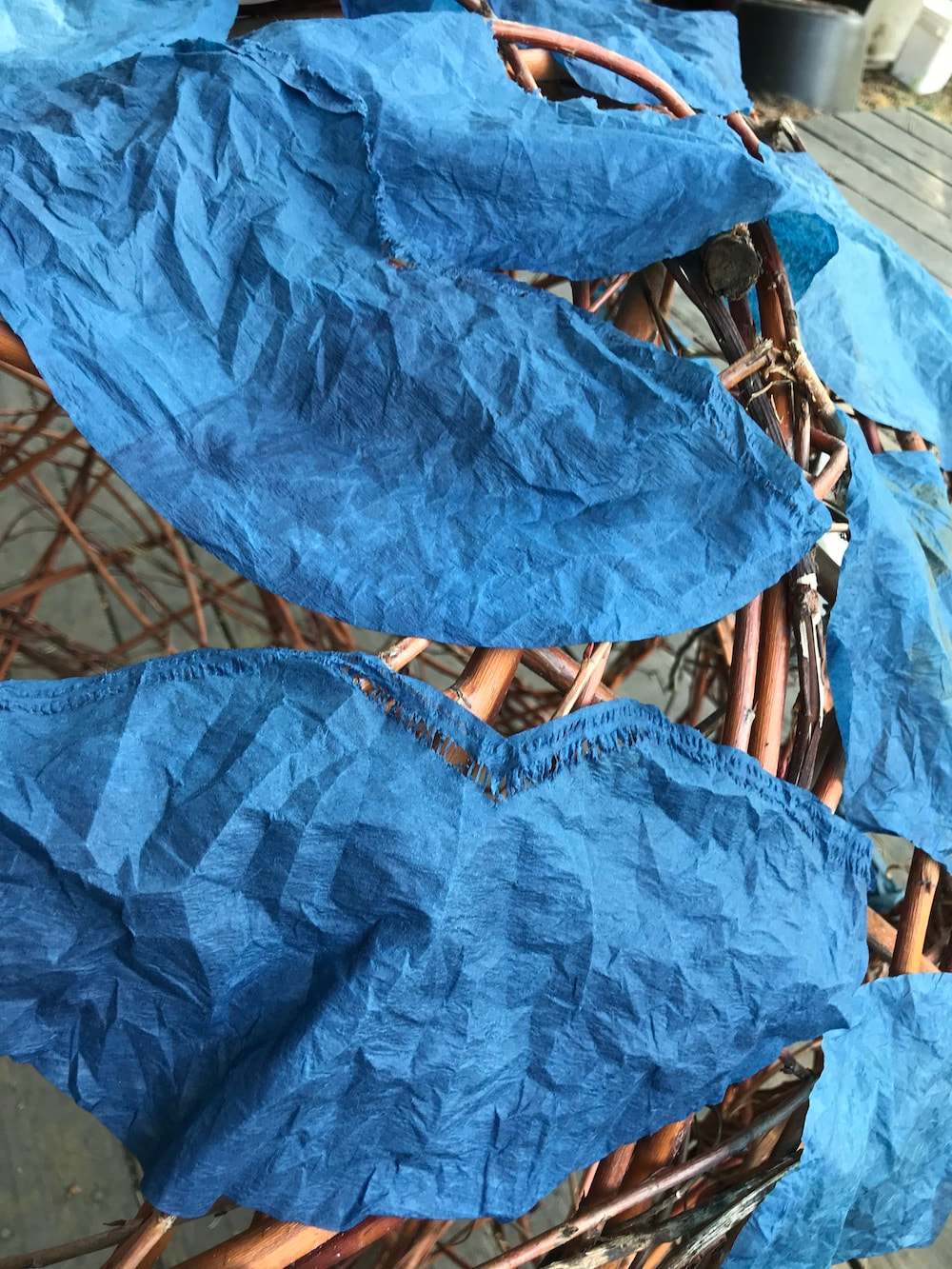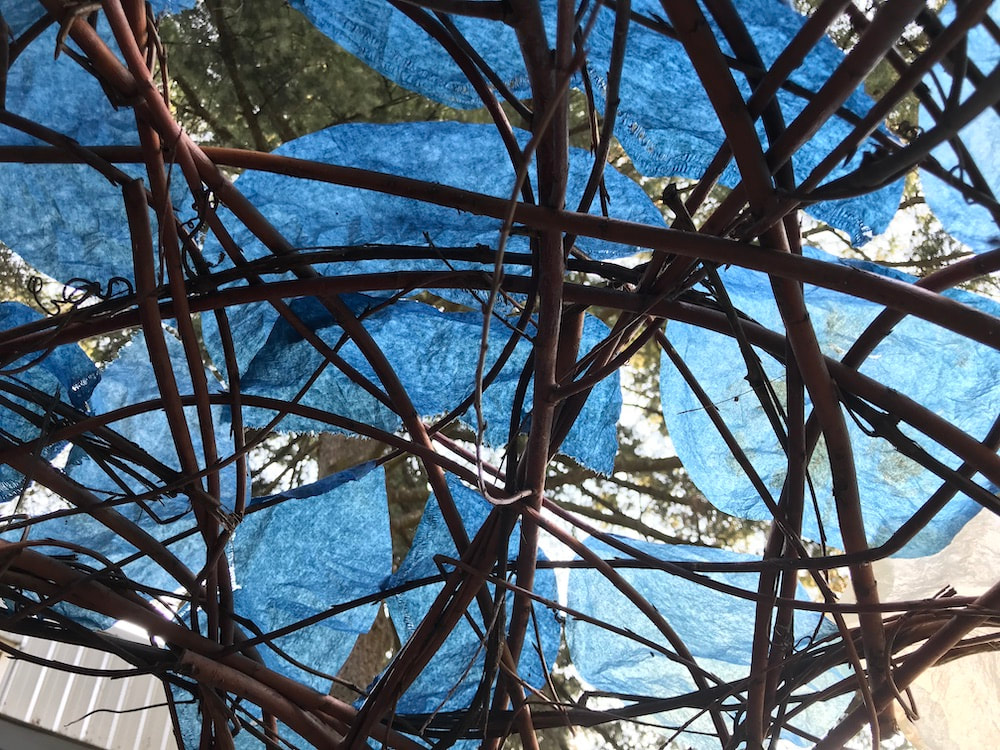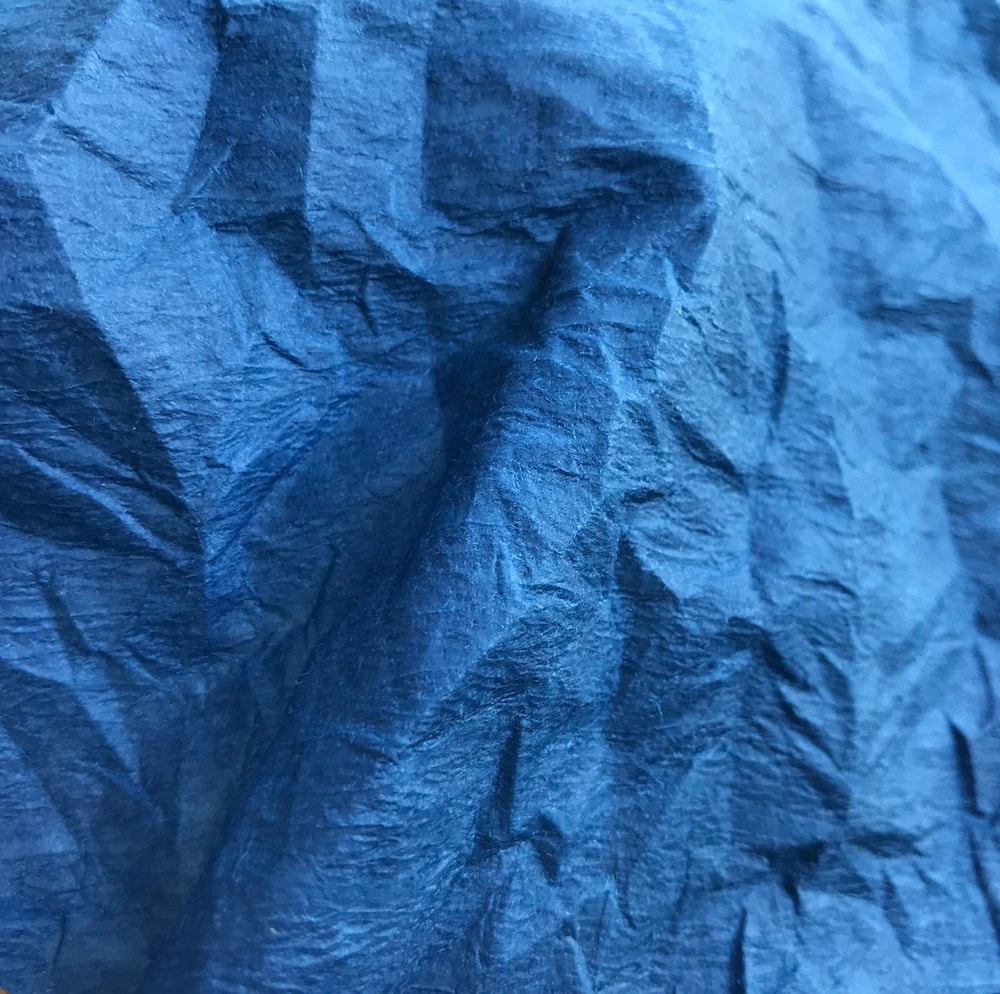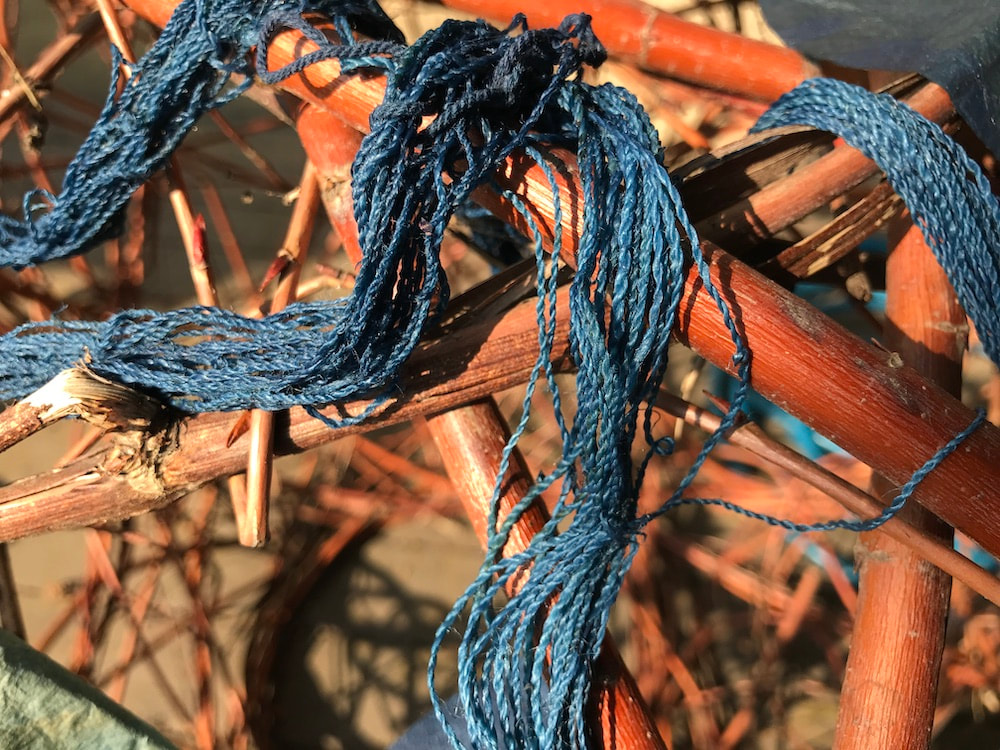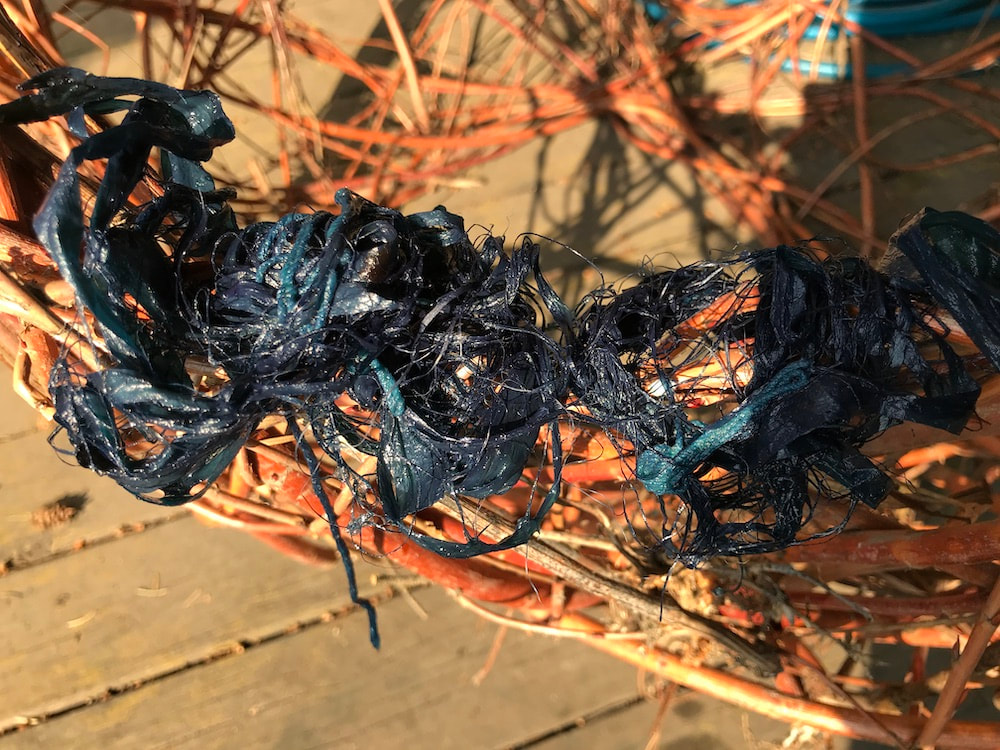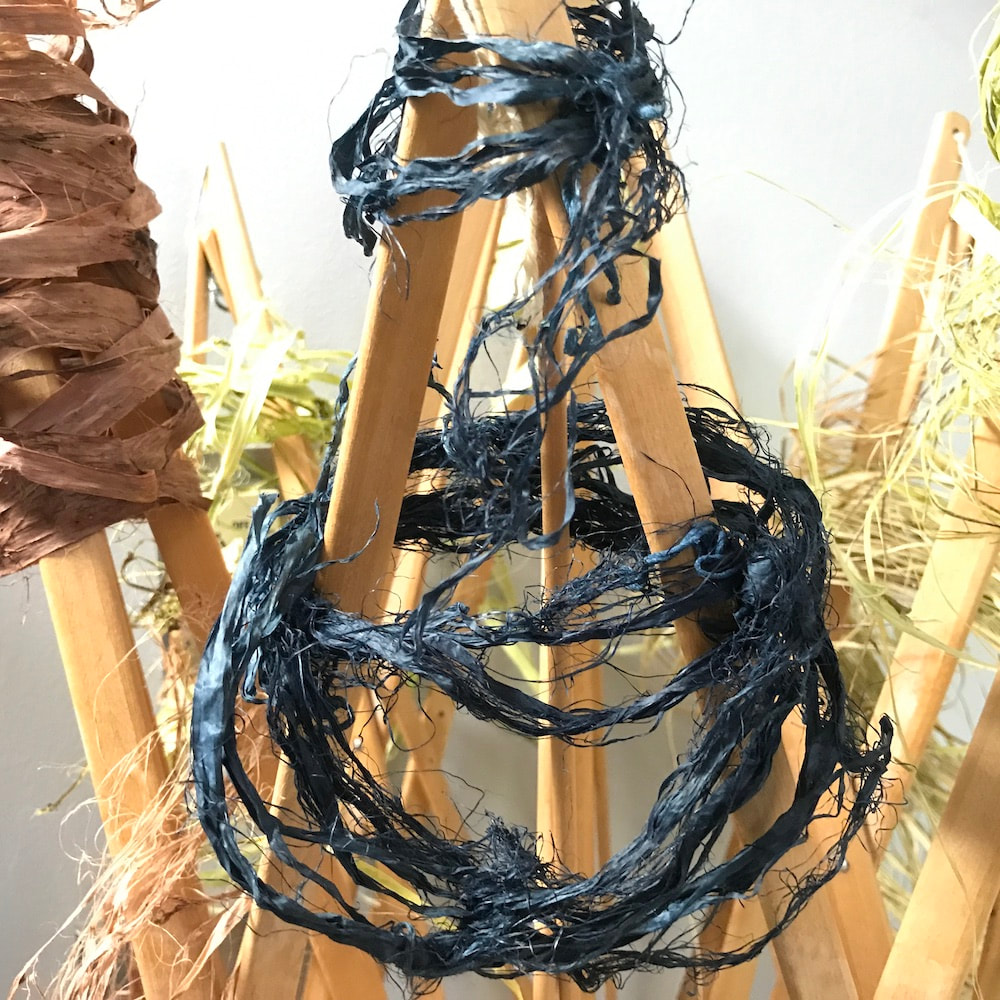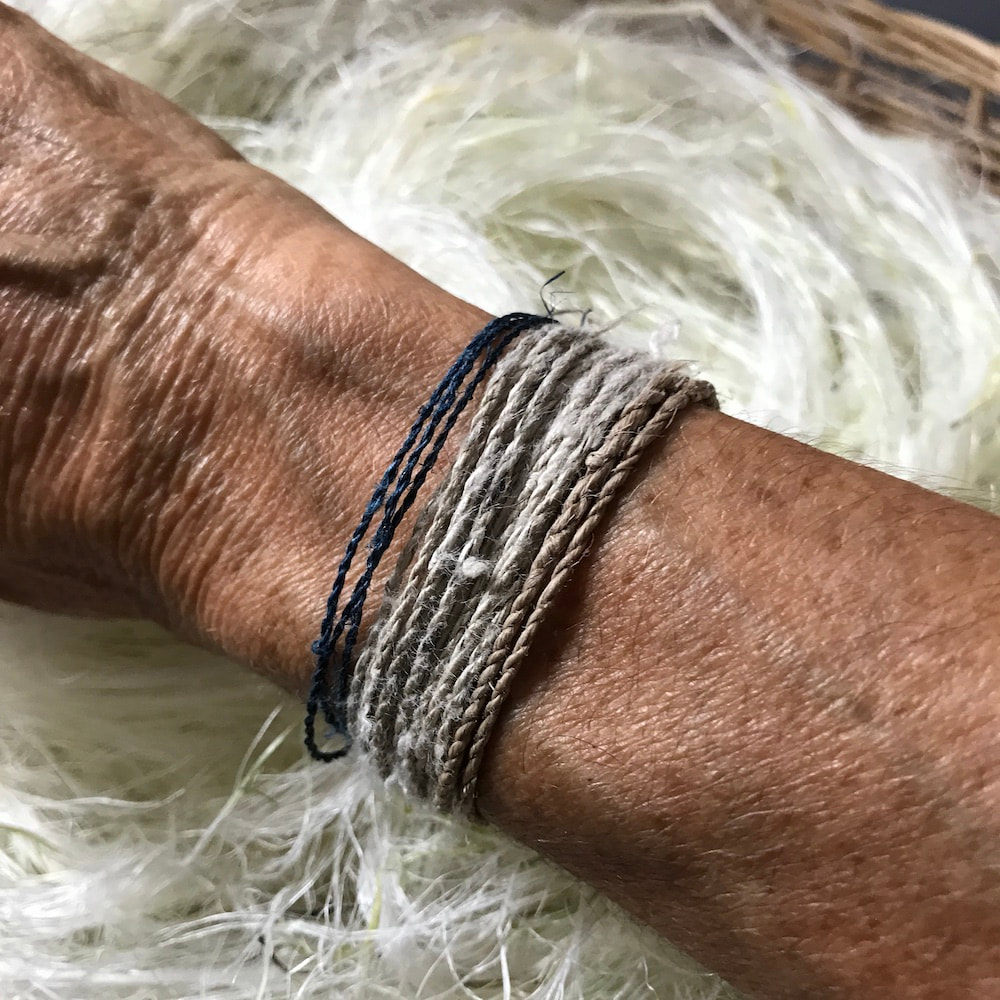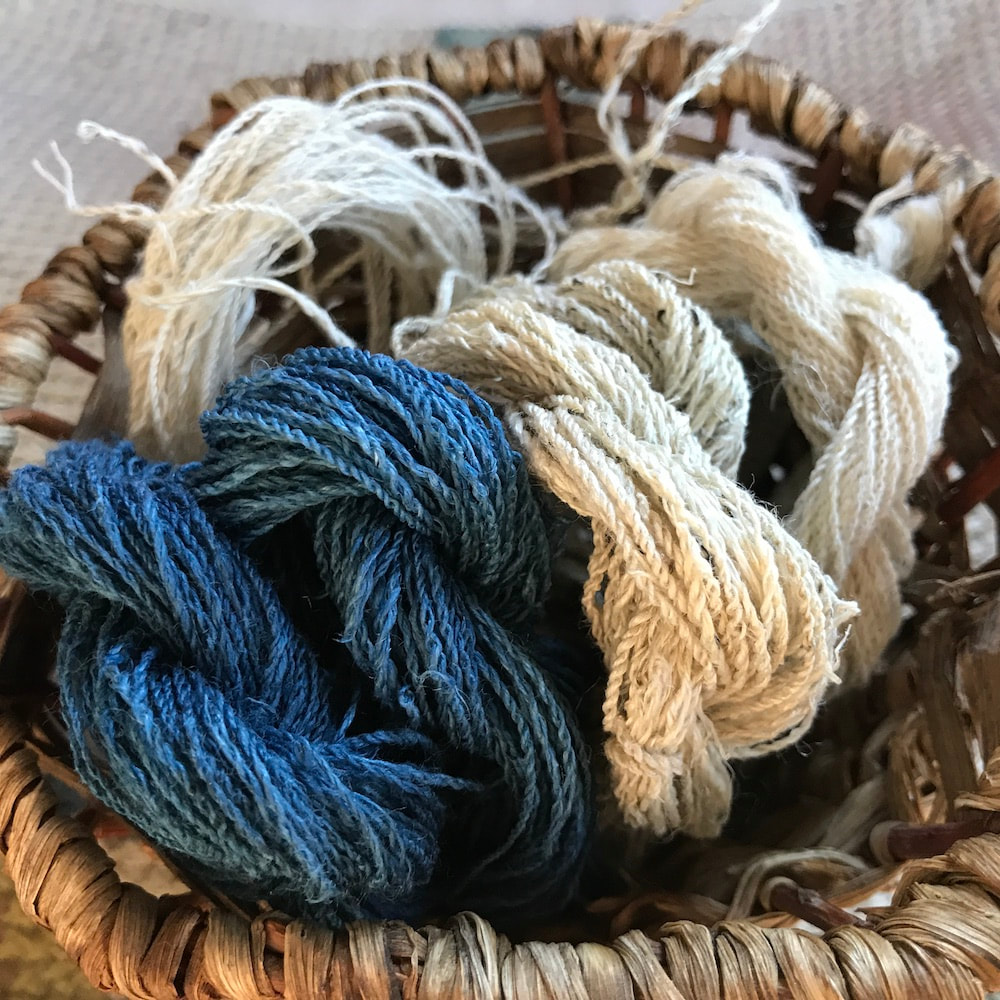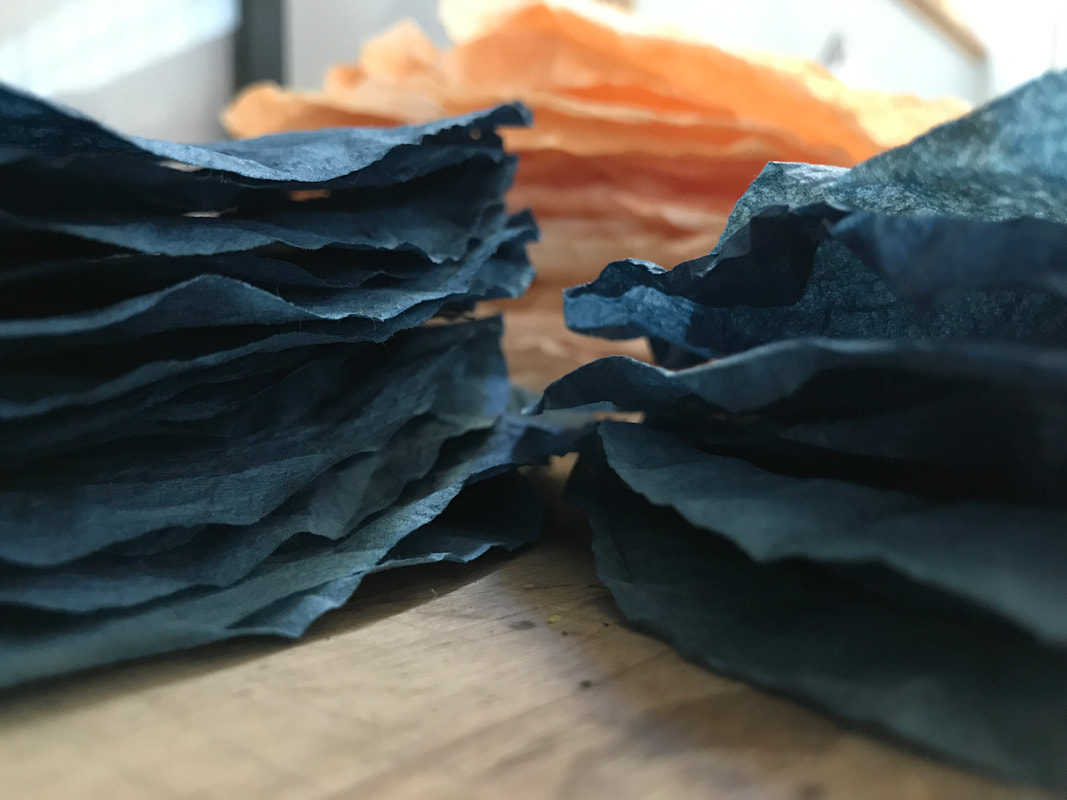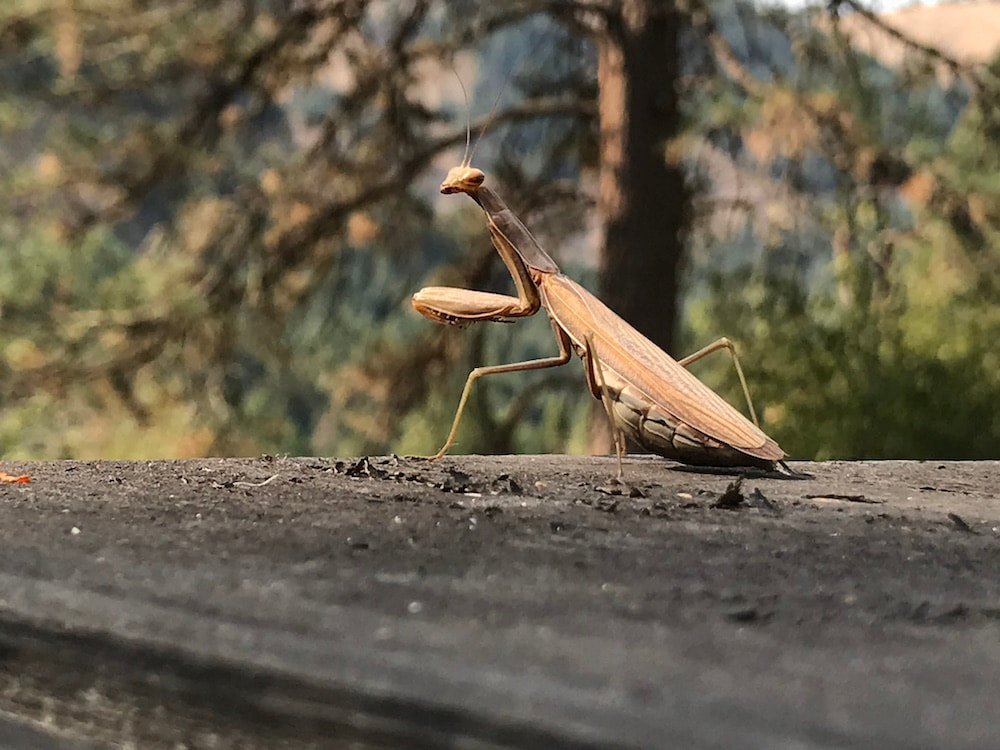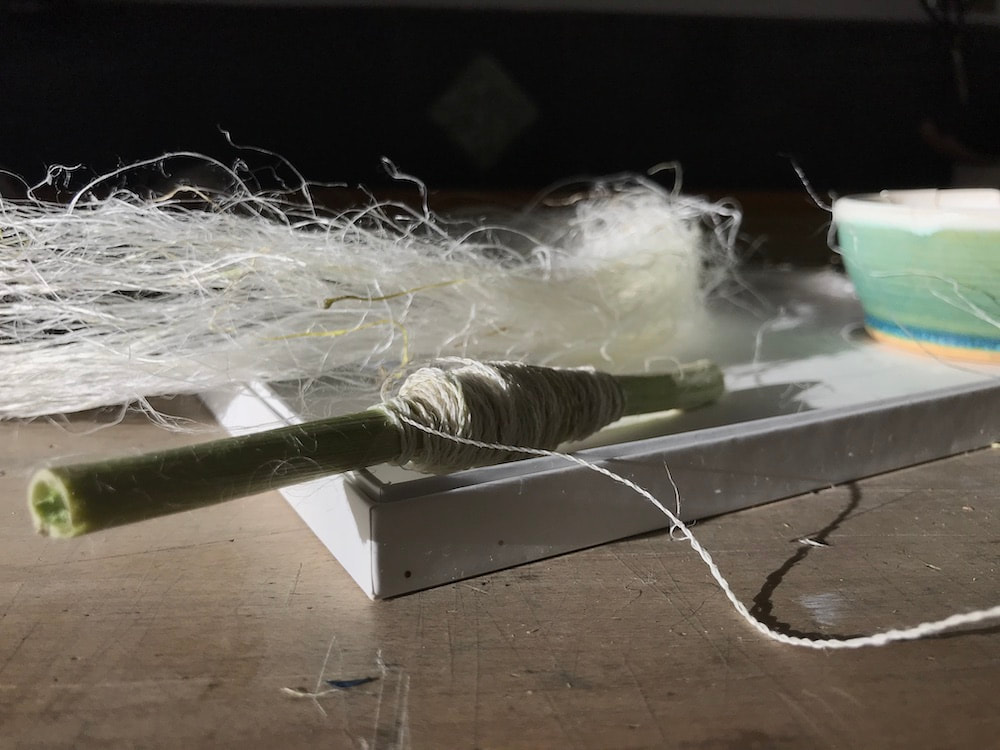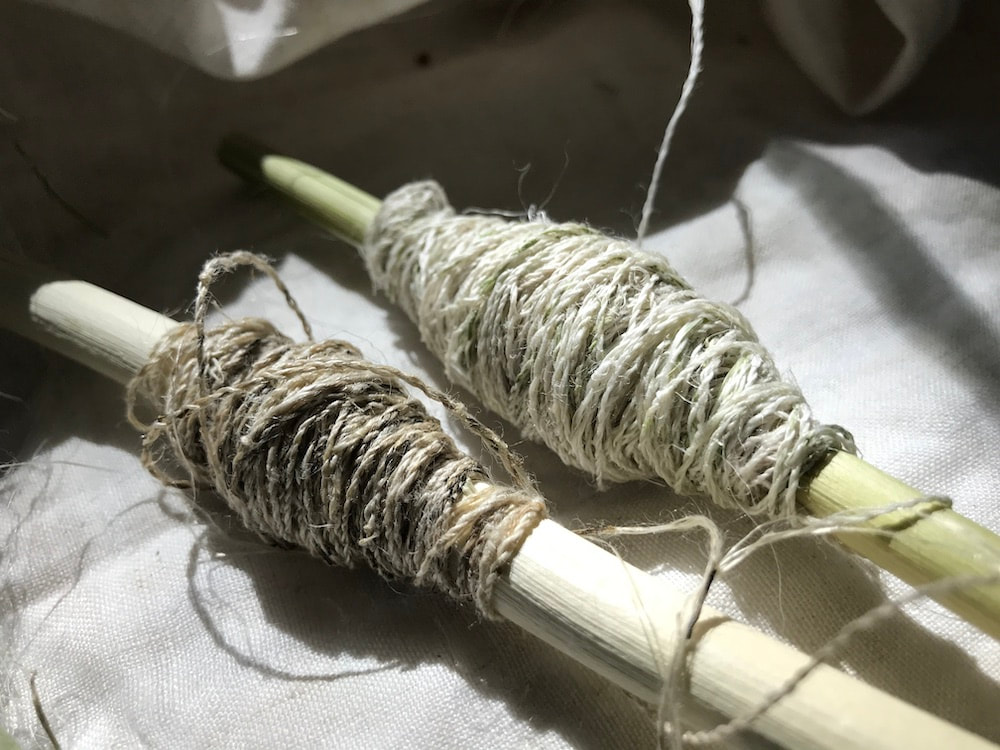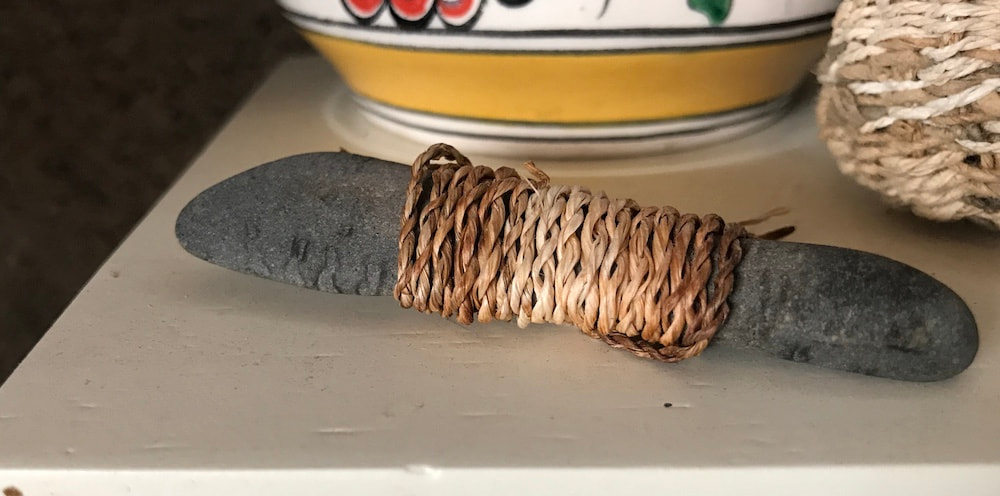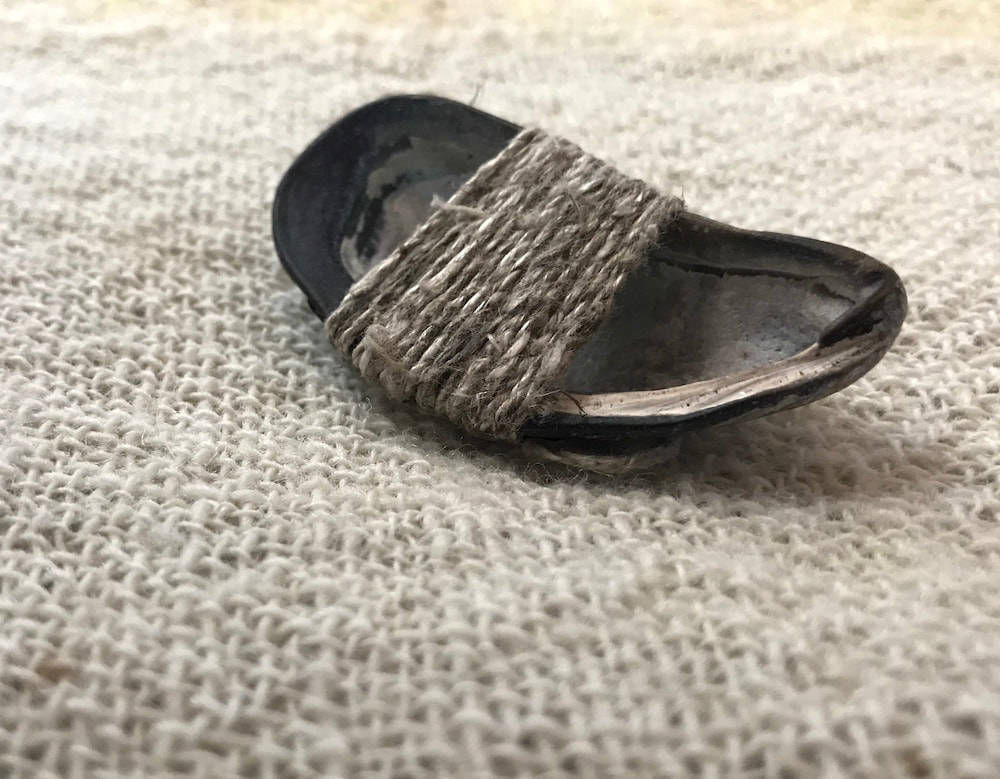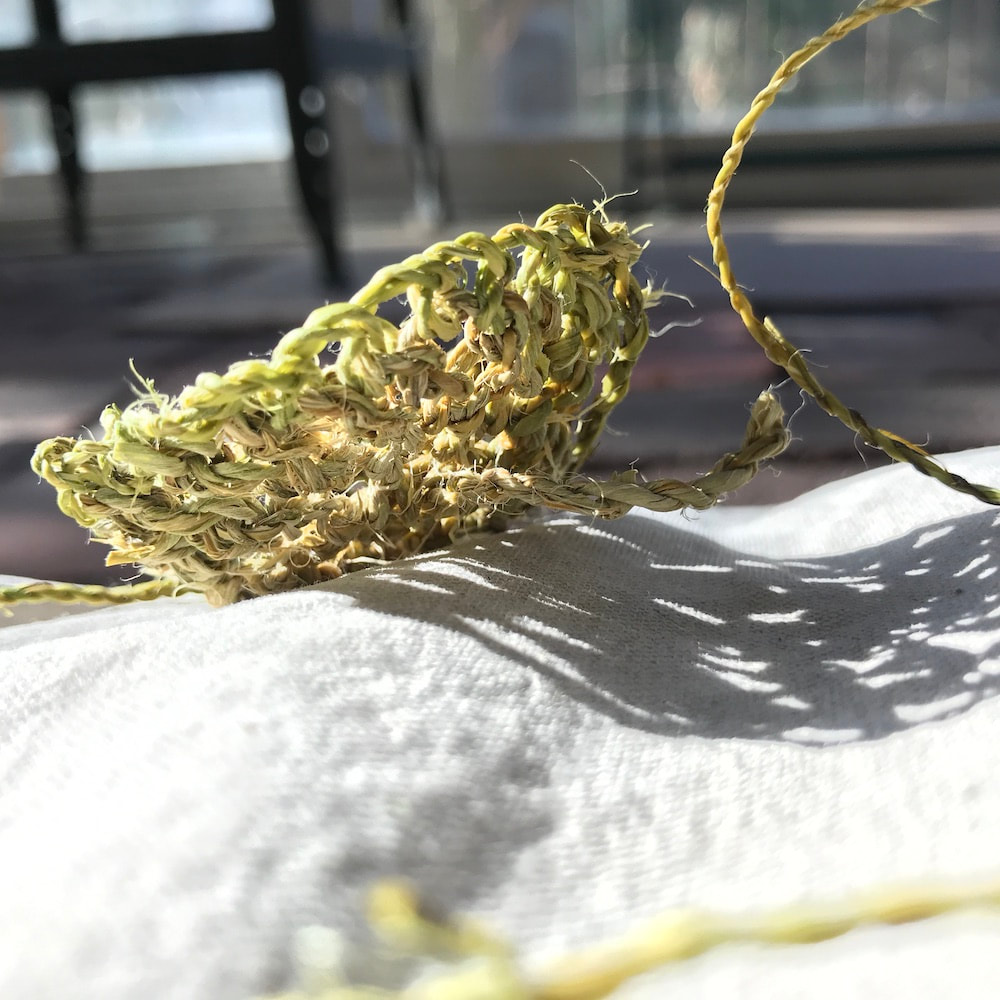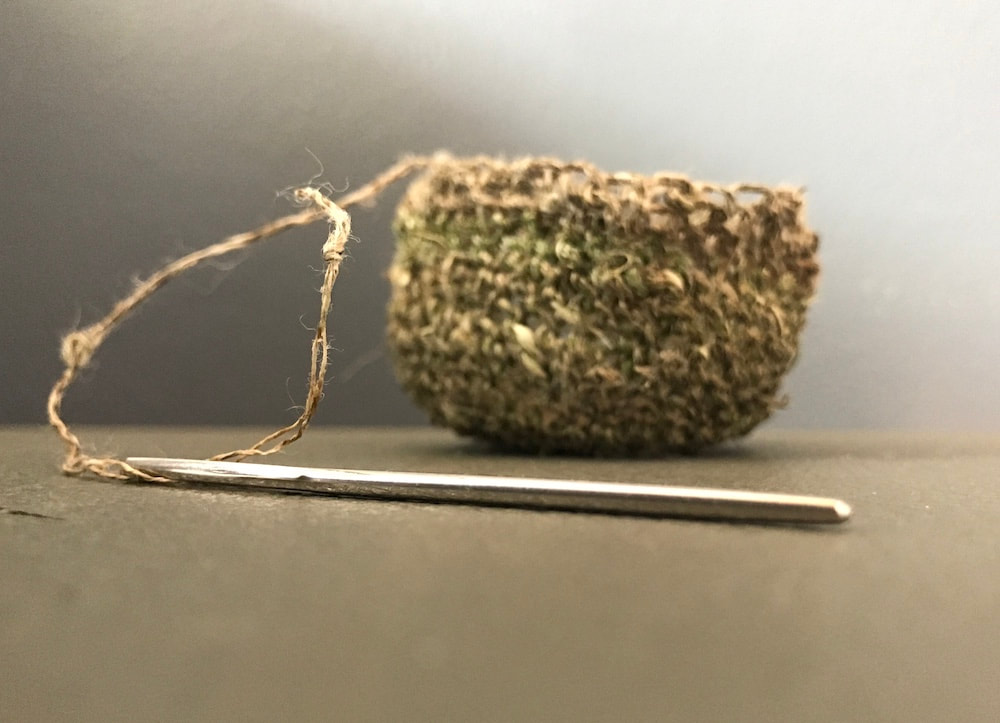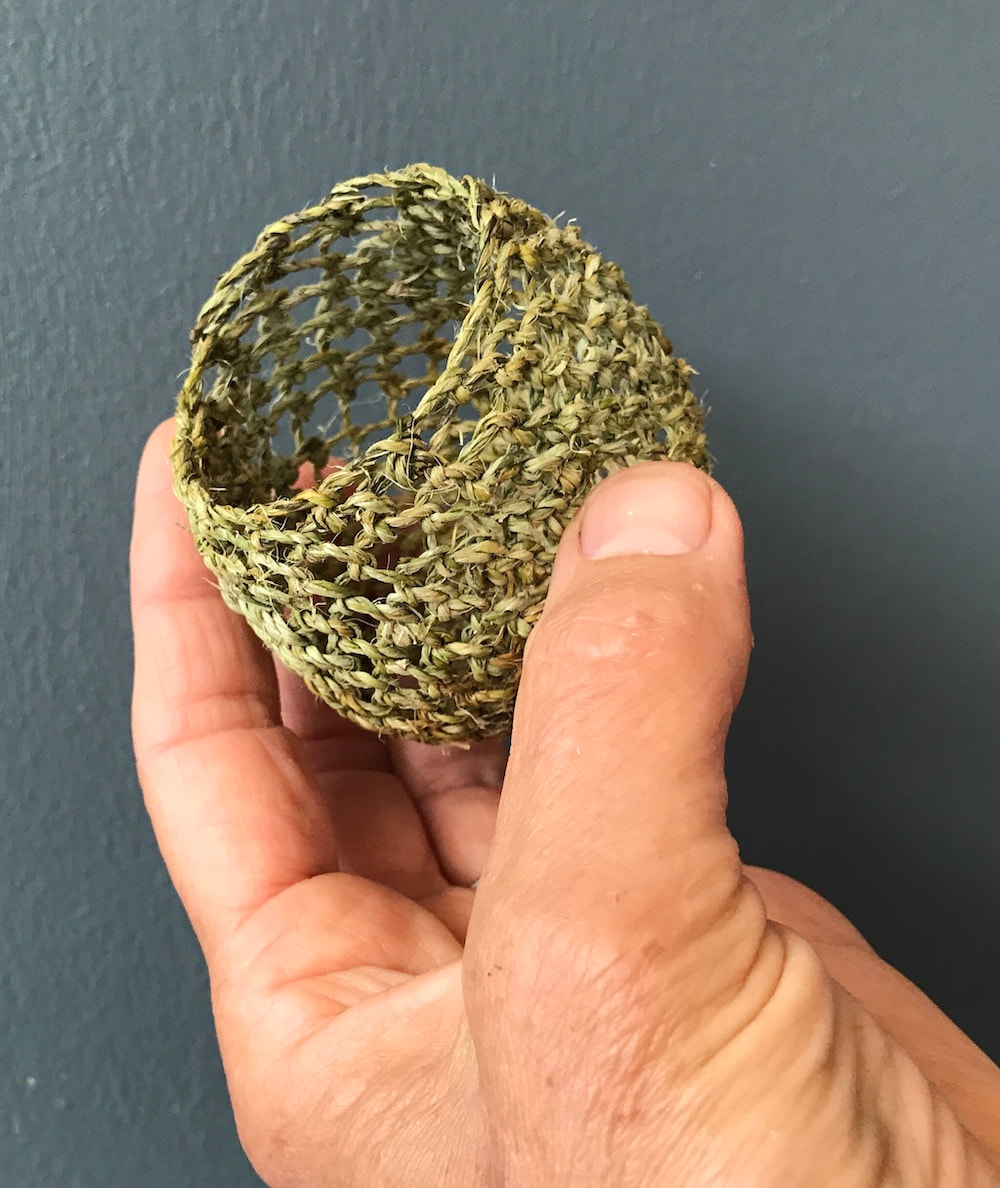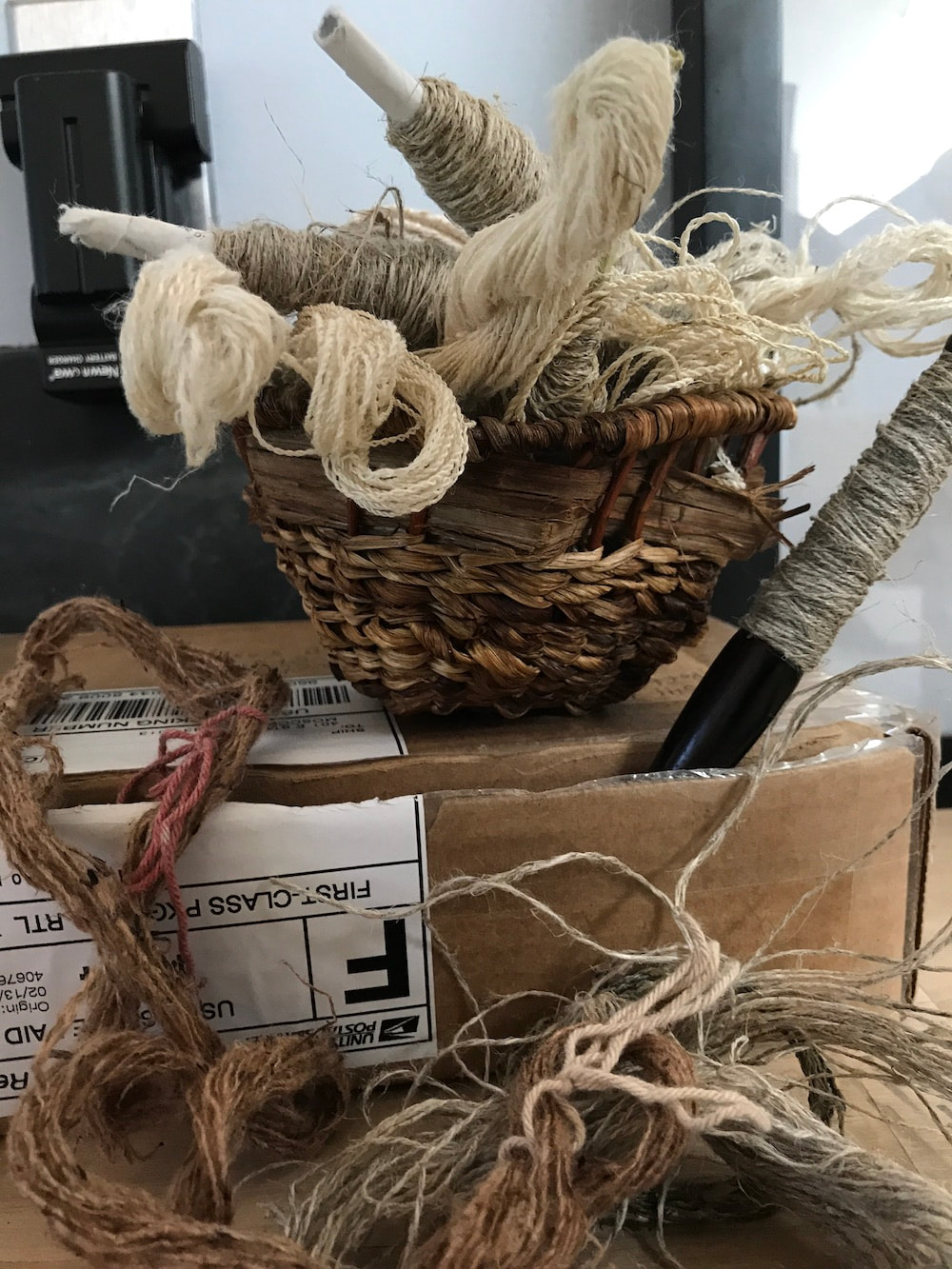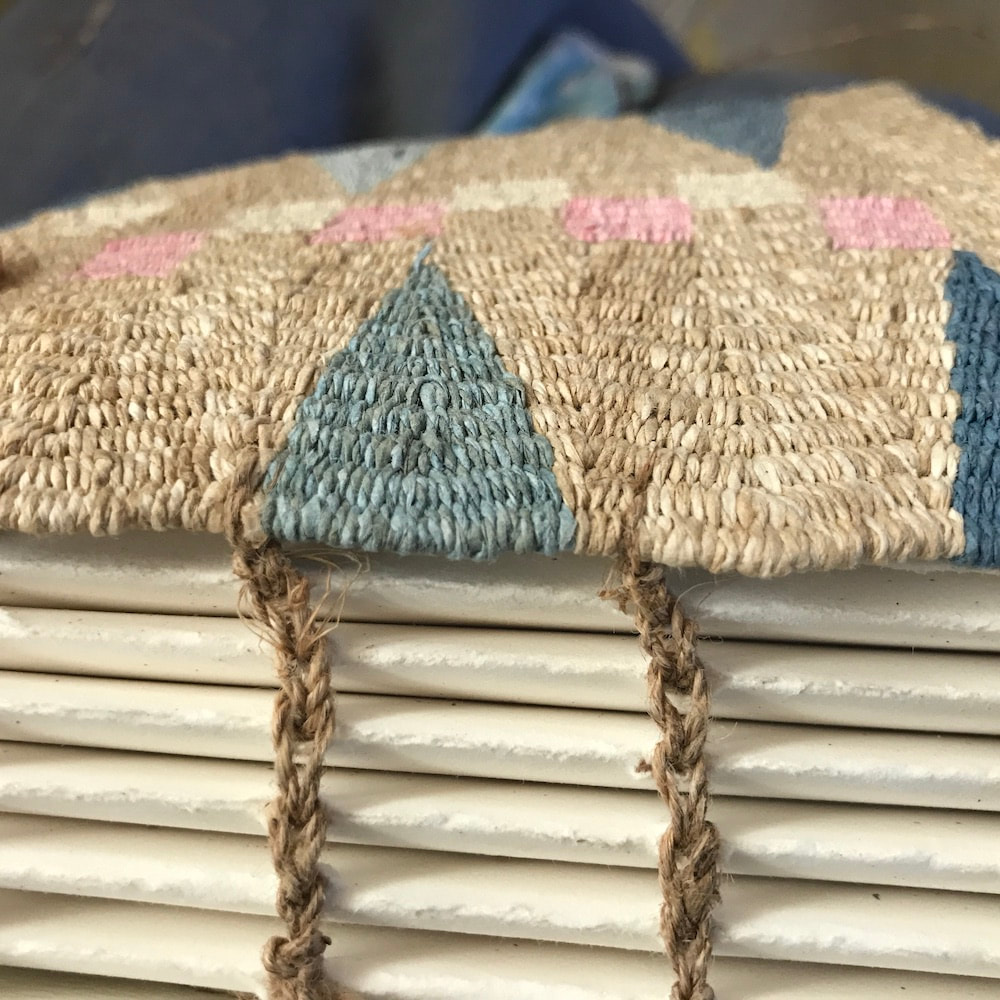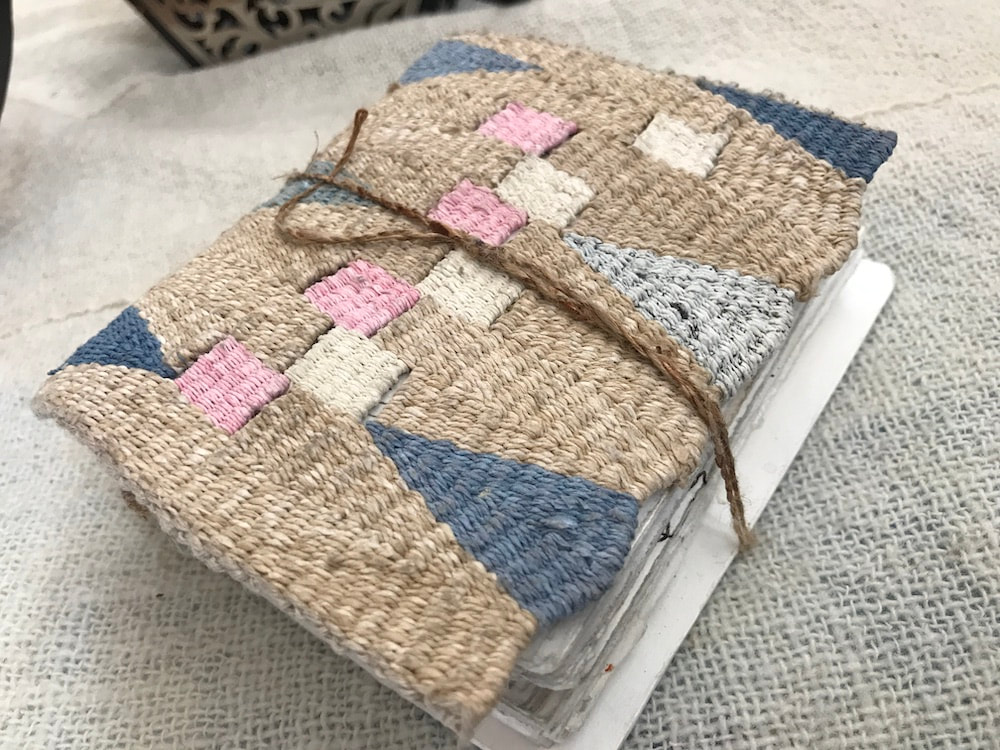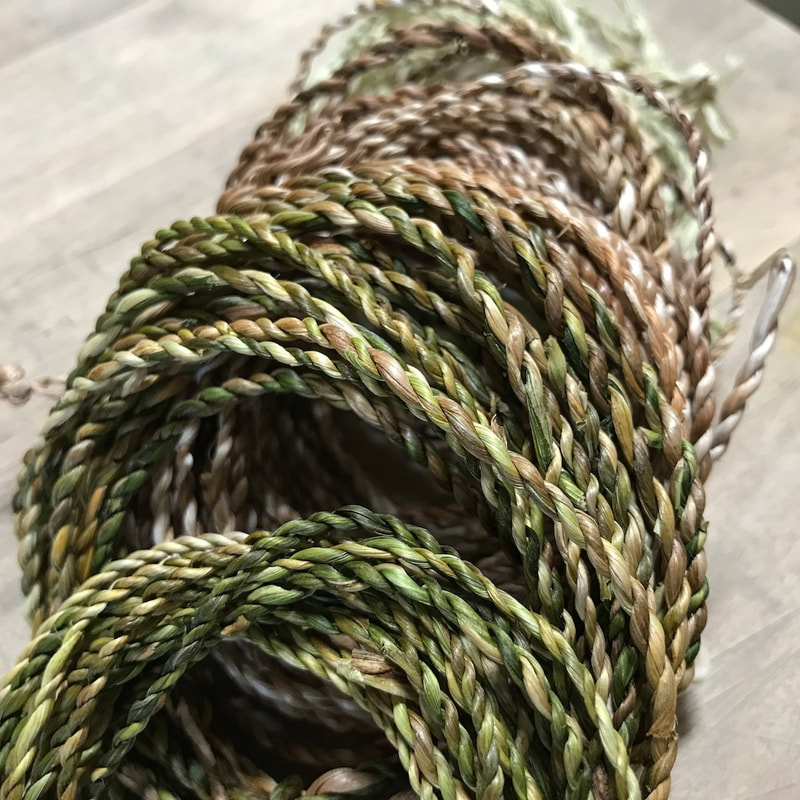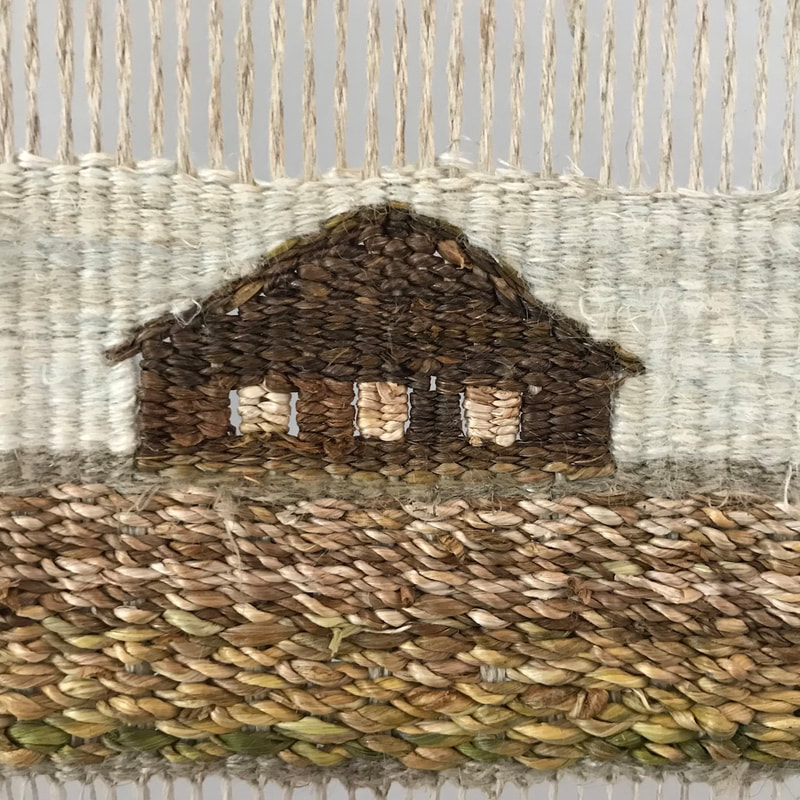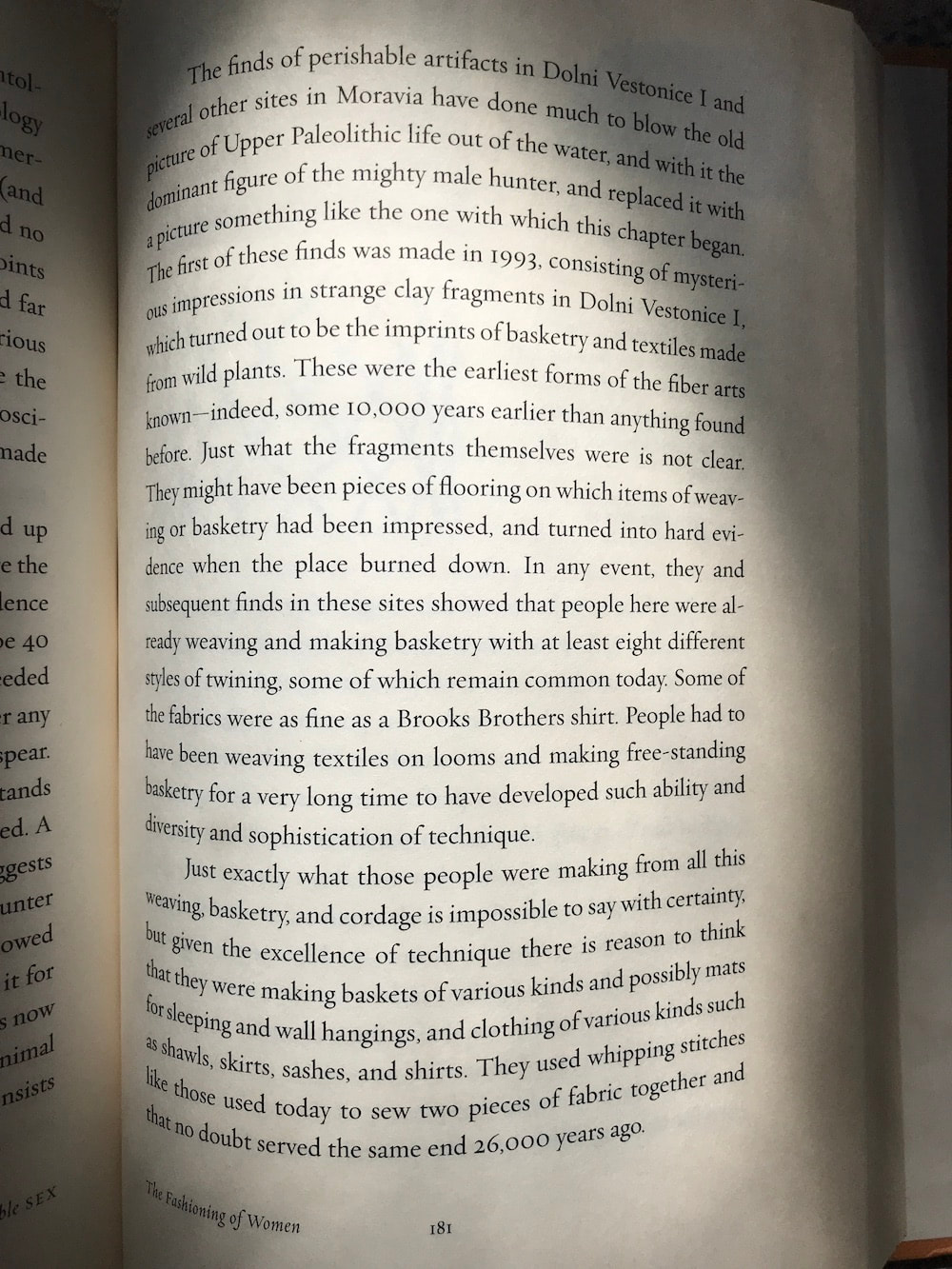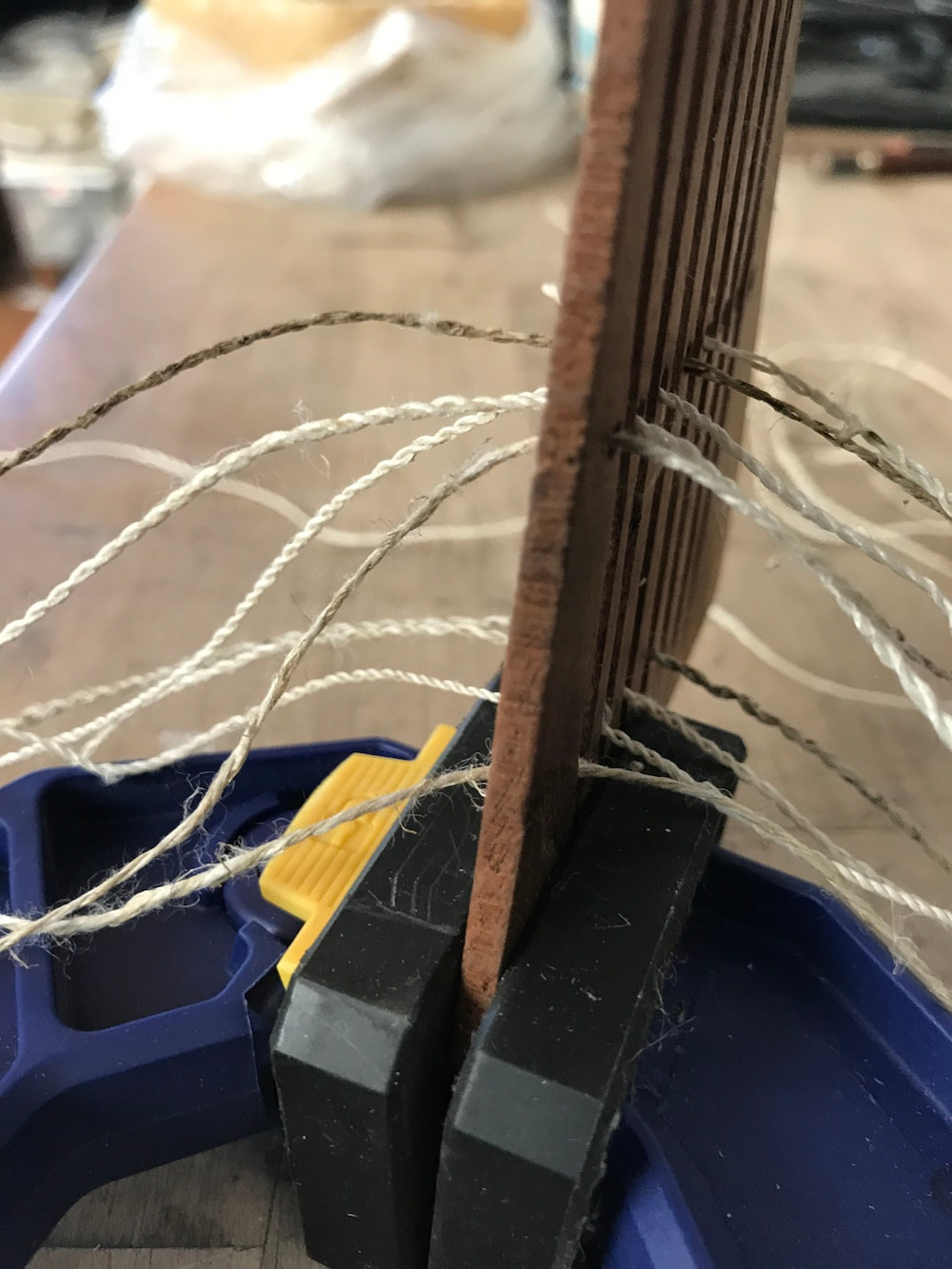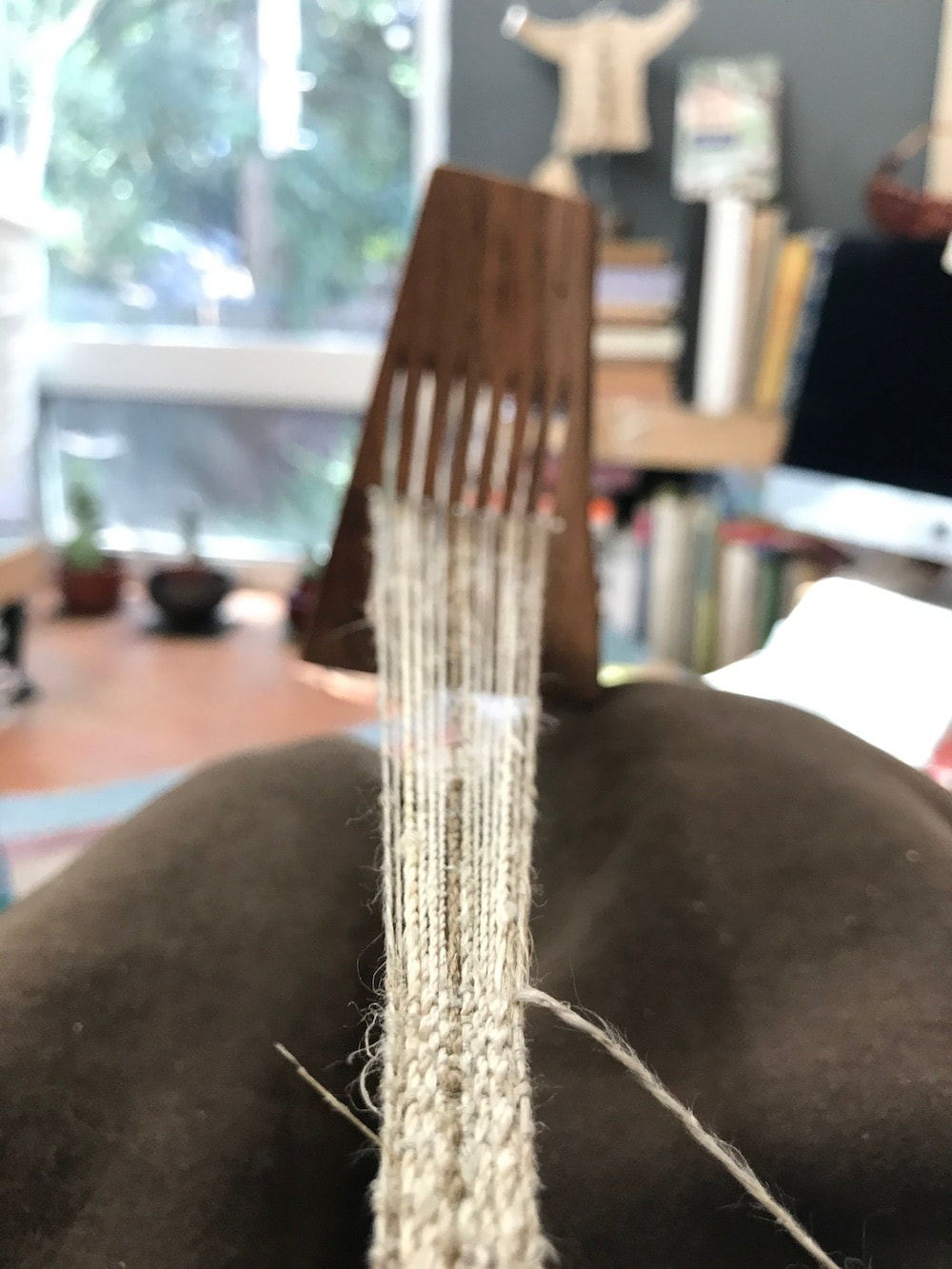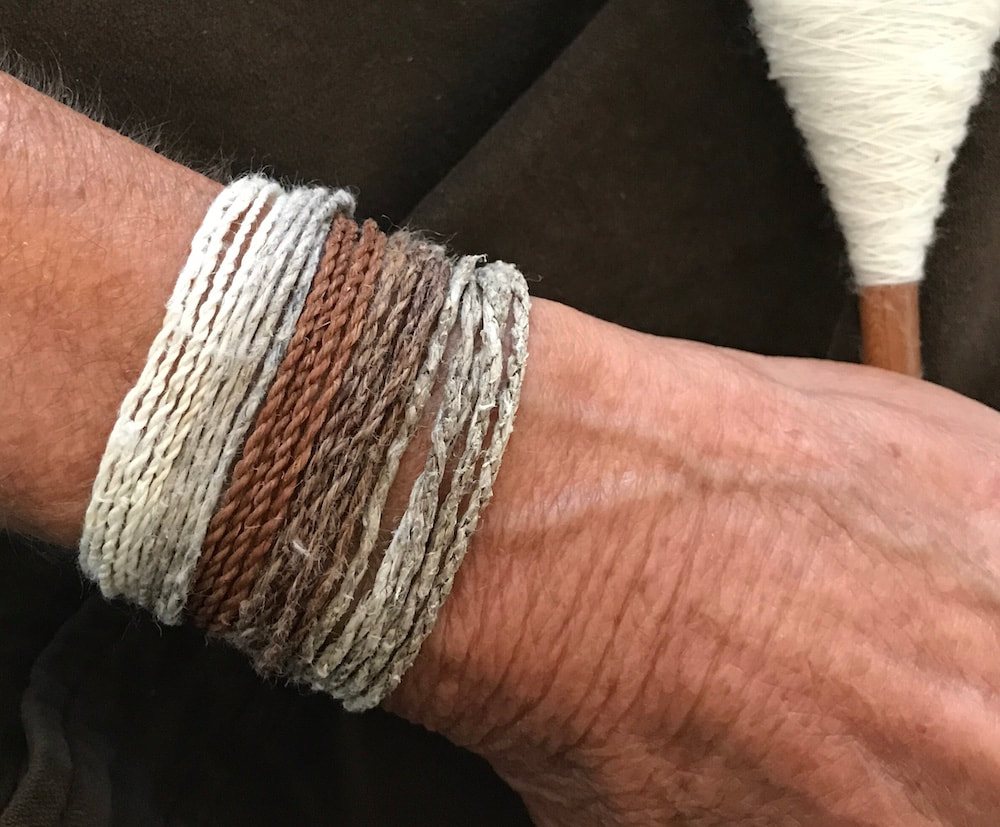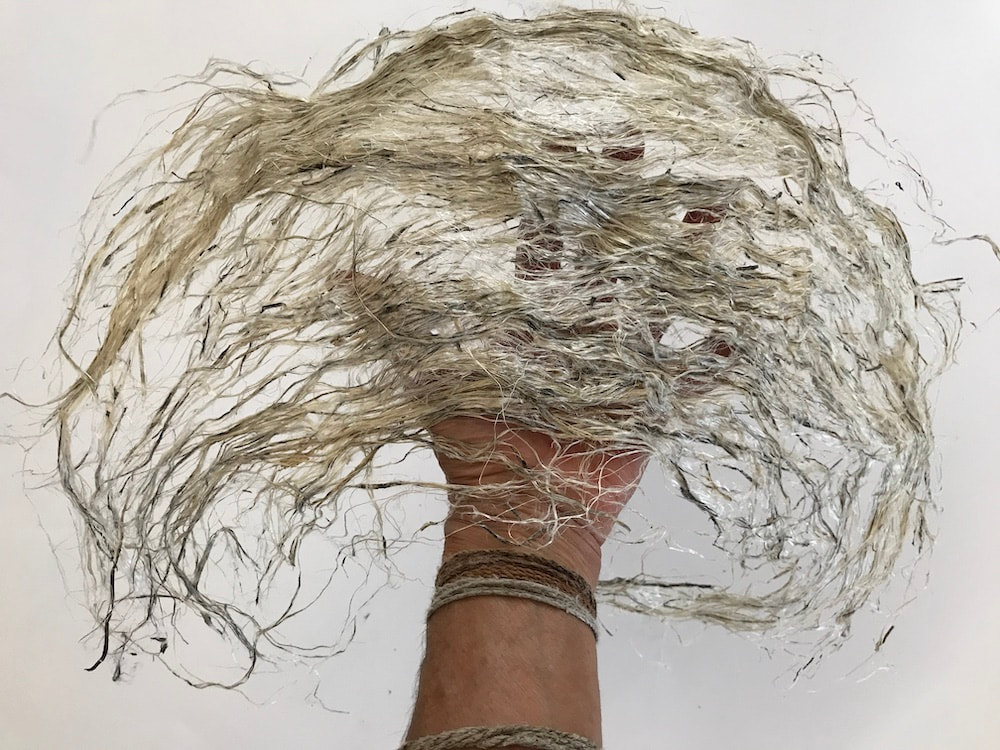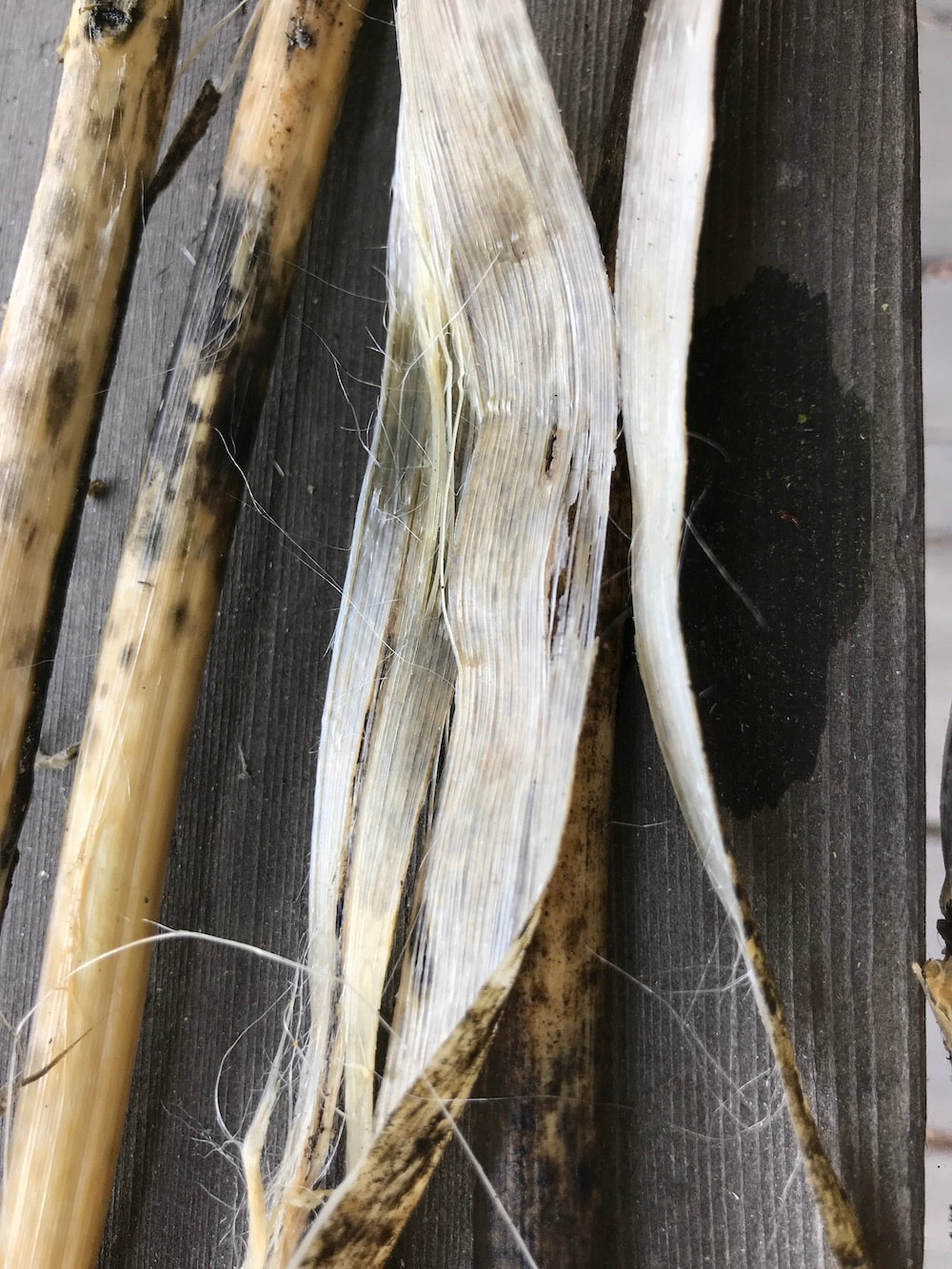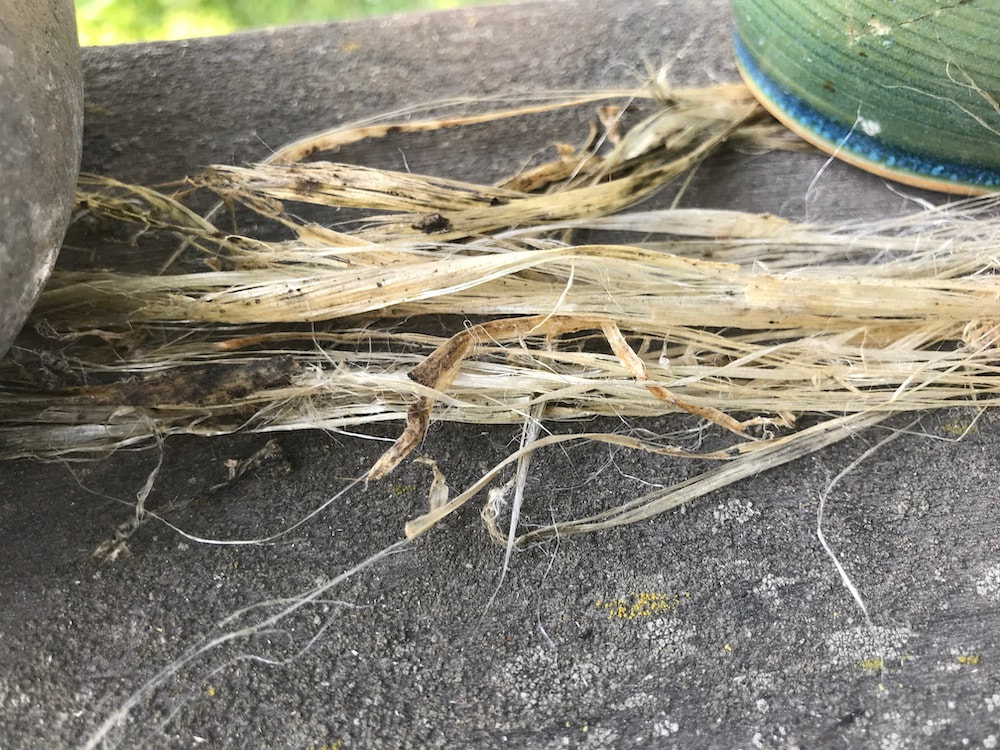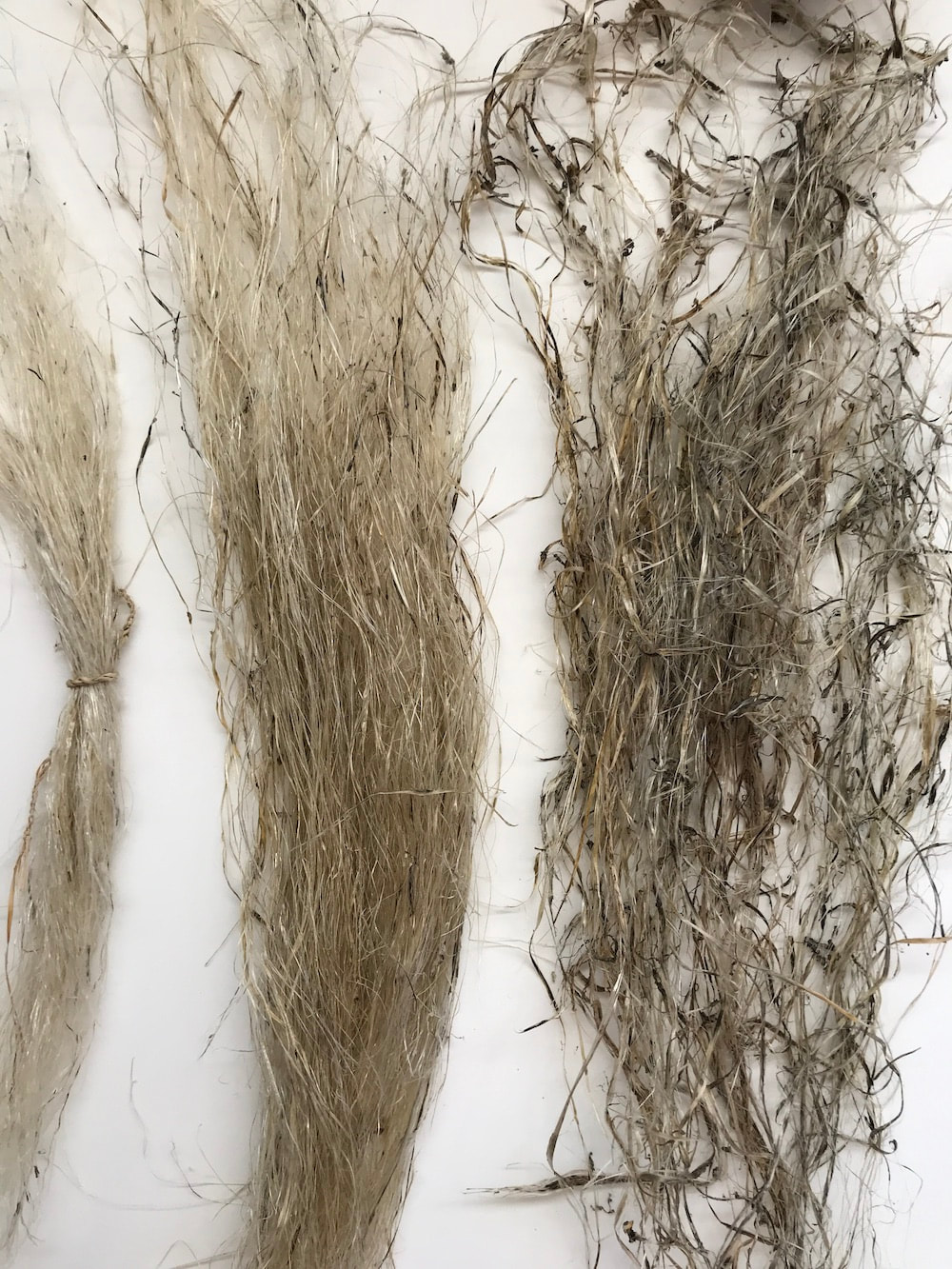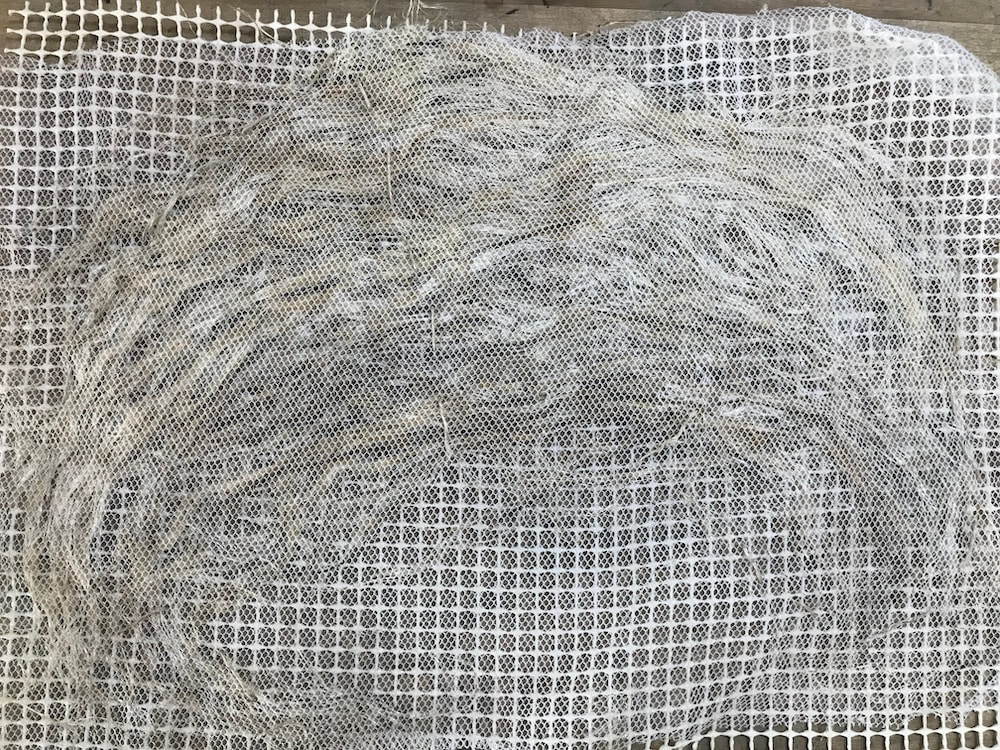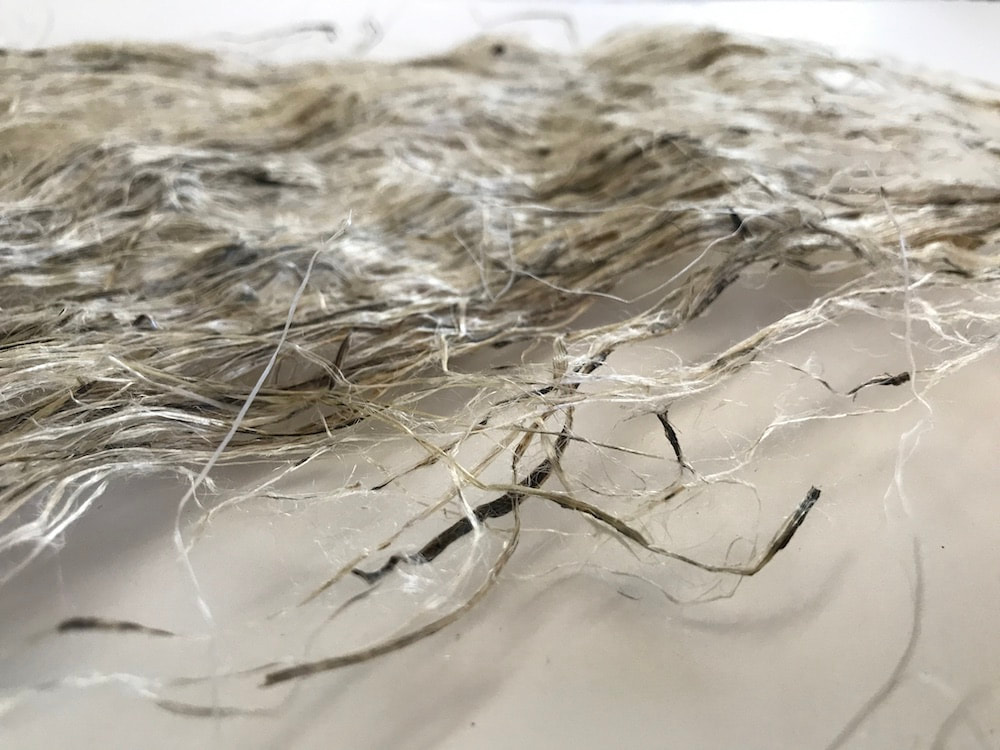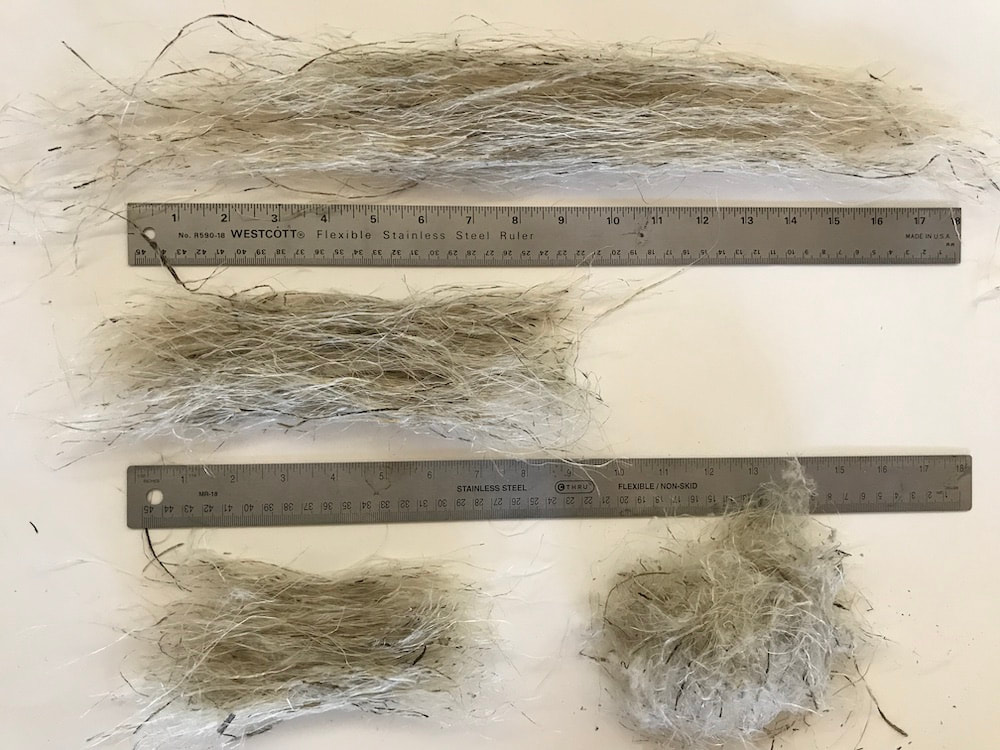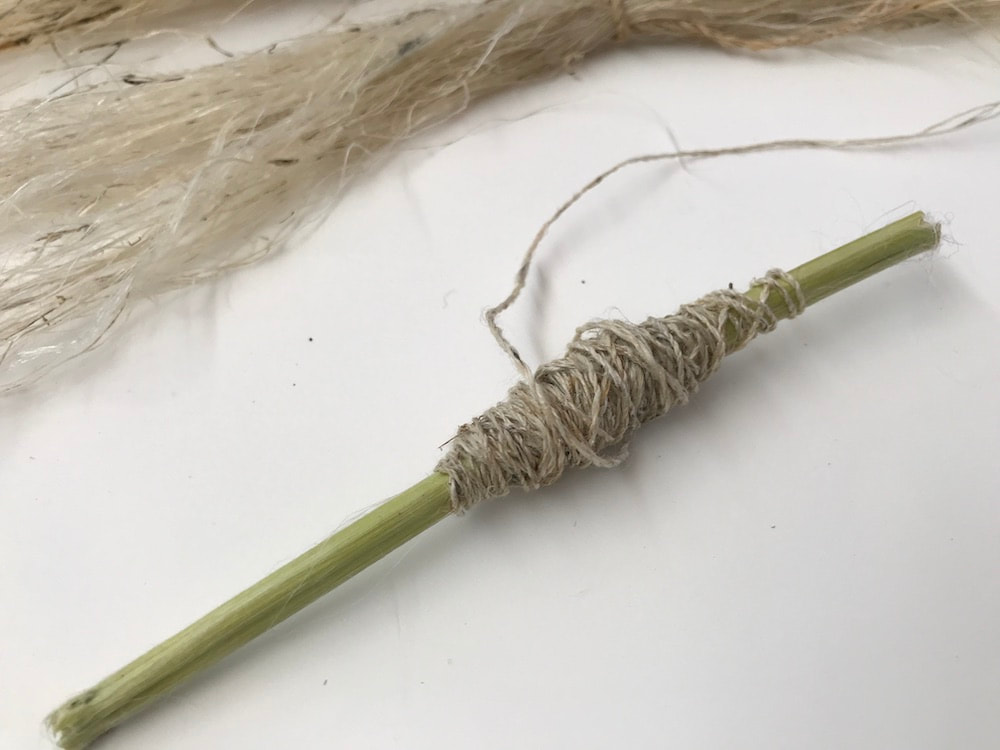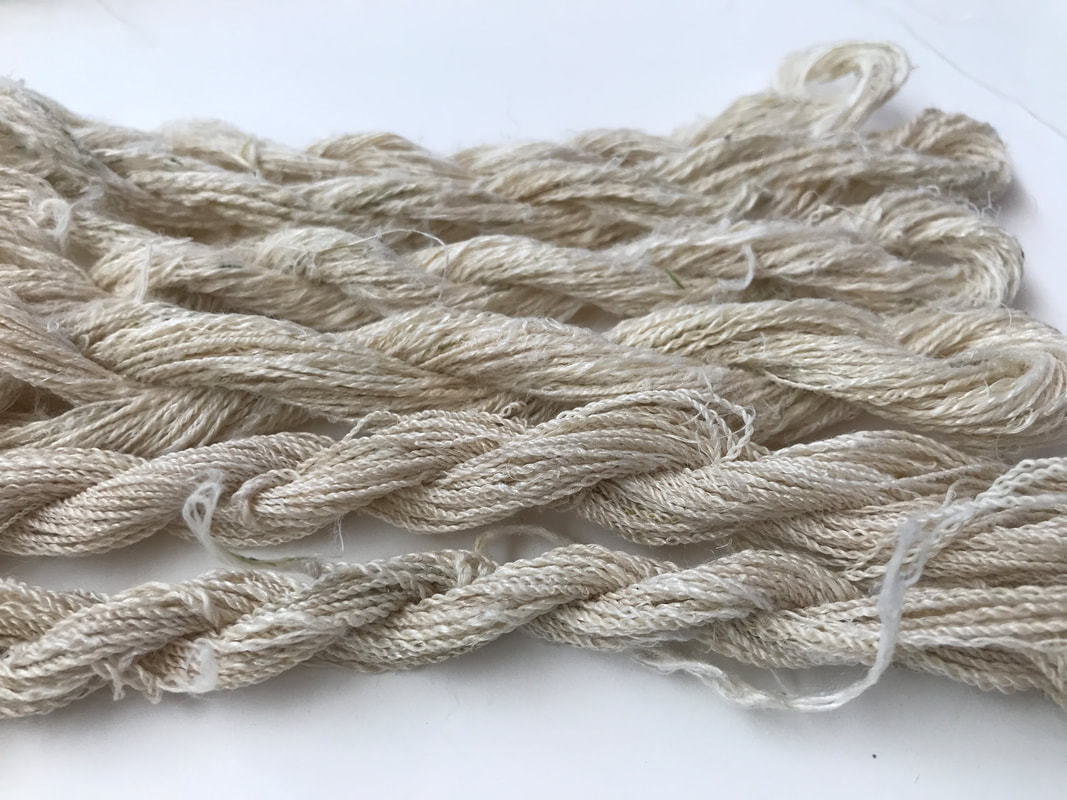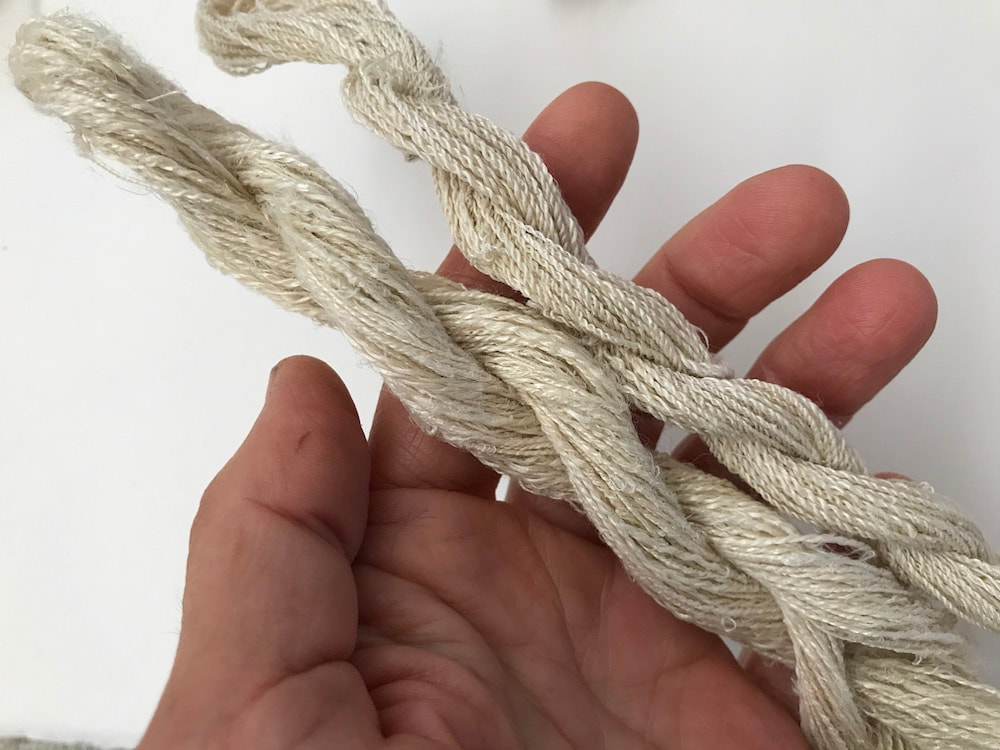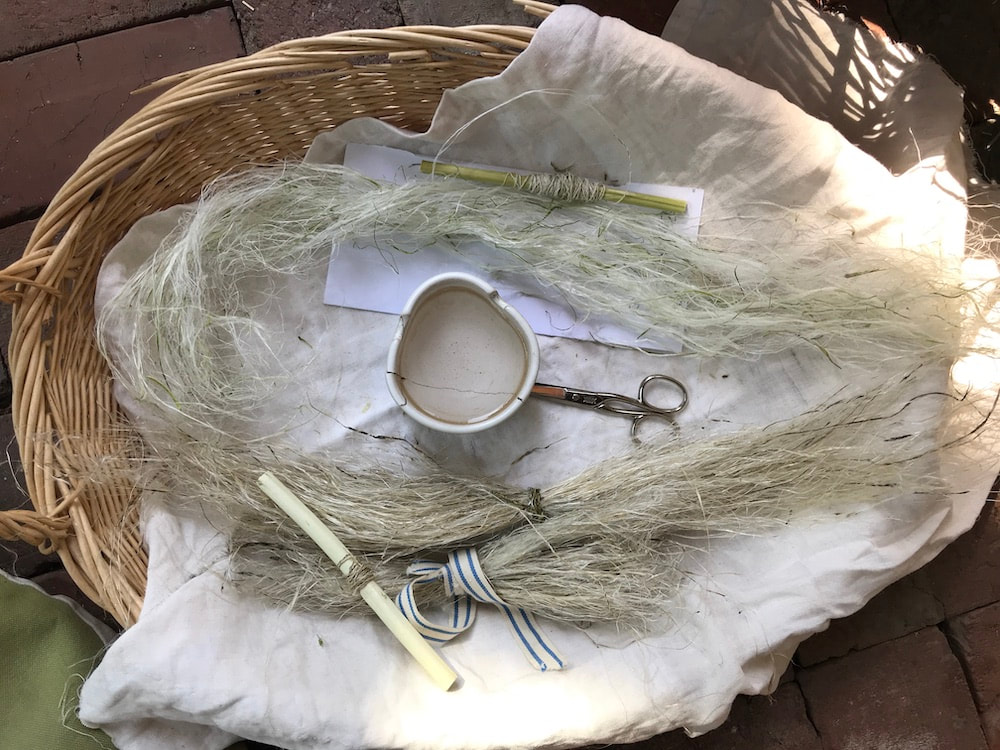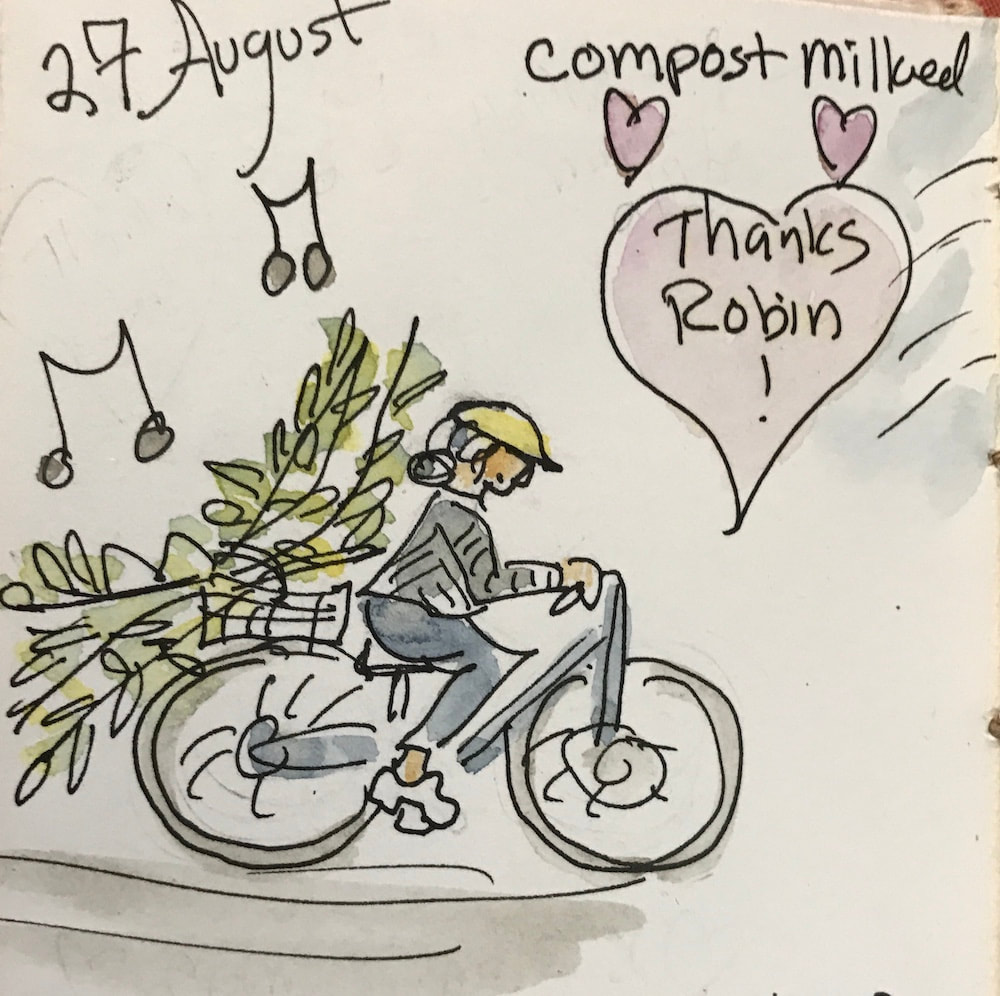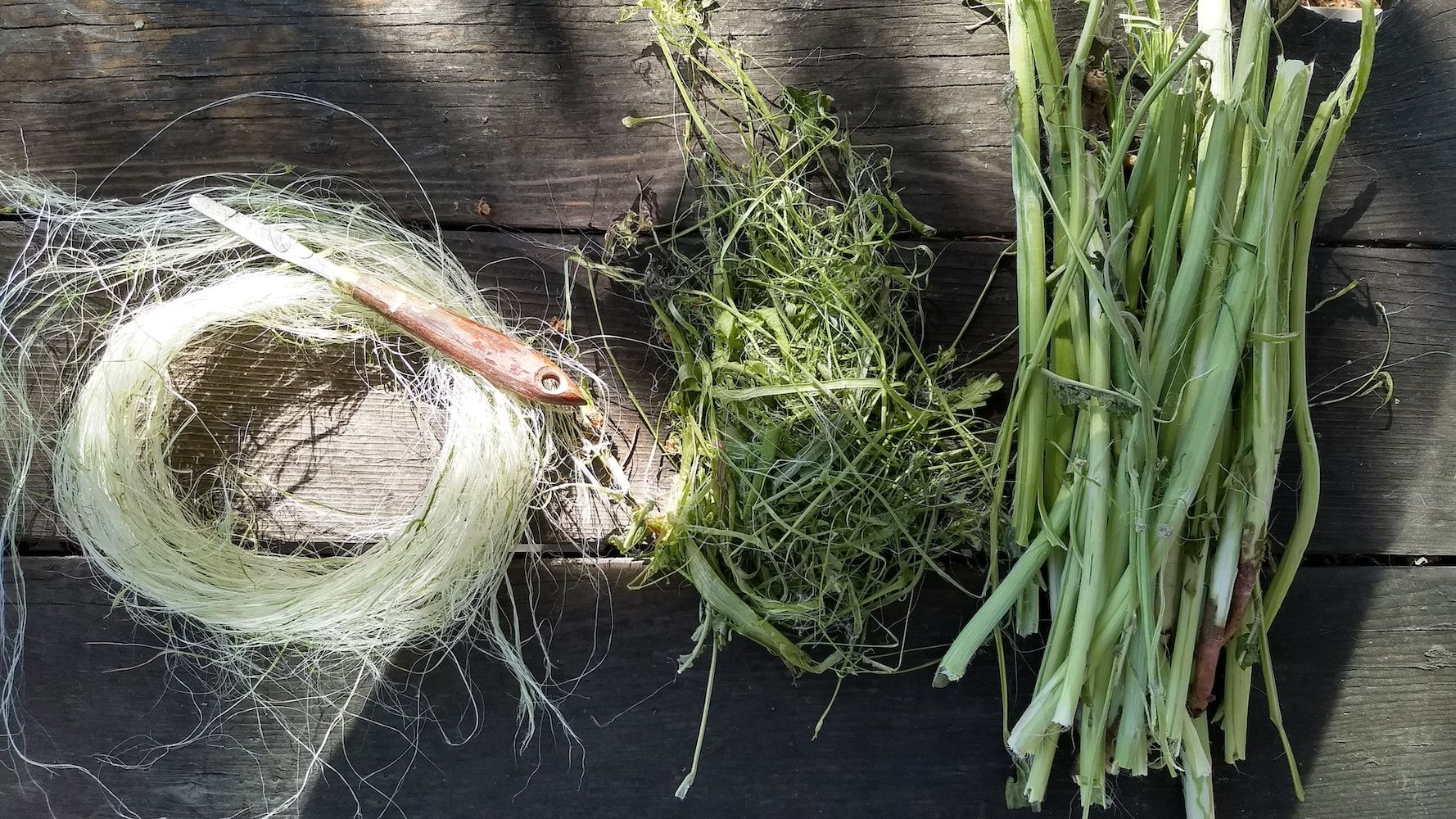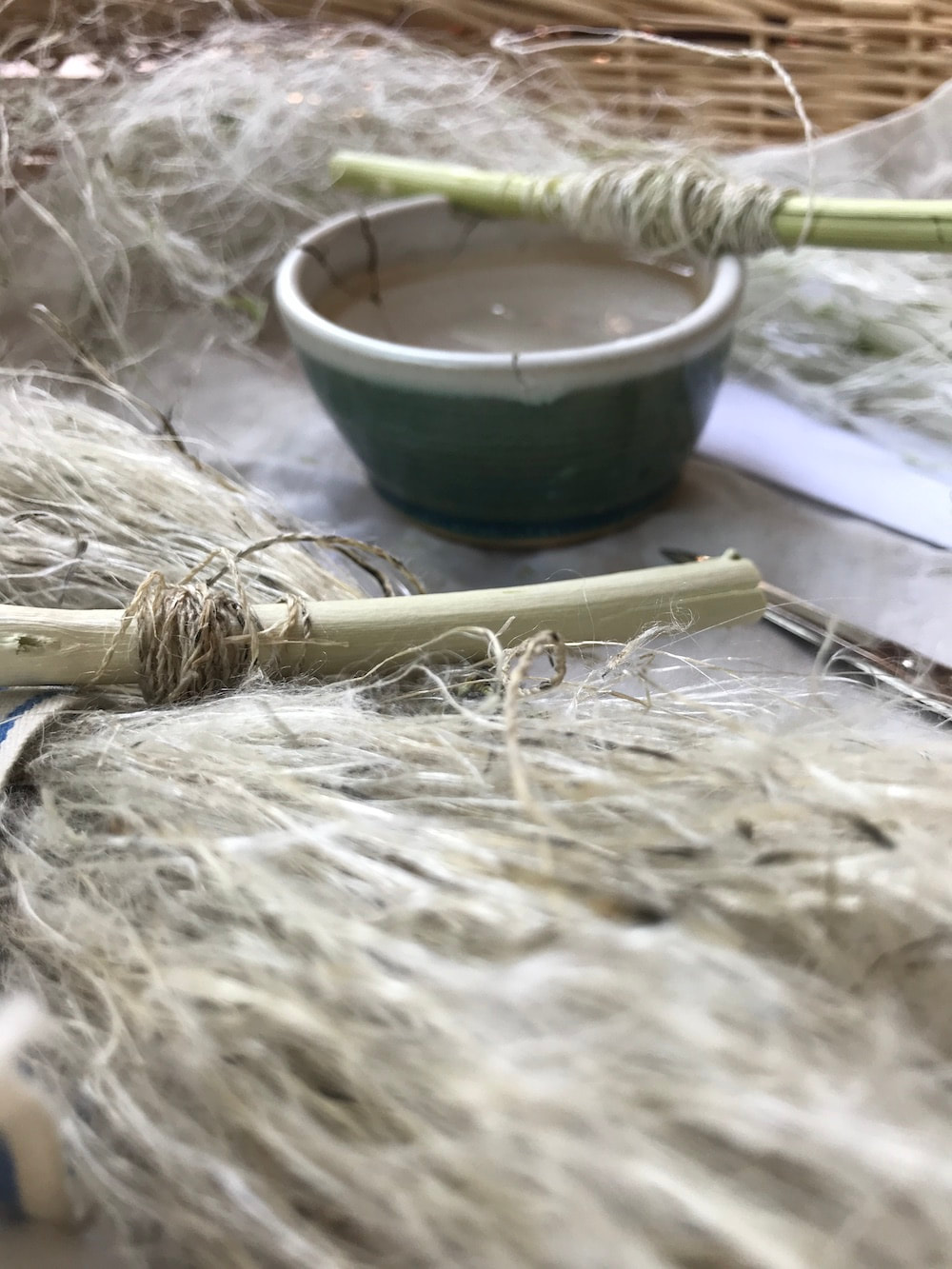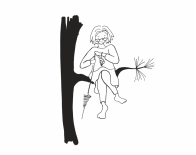not least
that I built
my first backstrap loom.
this elemental tool
has helped to see me through
some of the other world-rocking
events and emotions of the last years--
the reverberations of which,
(as you might have noticed yourself...),
have yet to settle down.
asked-- nay, demanded
so very much --
not least
the development of
new levels of fortitude--
in some absurdly fragile-appearing
threads of connection--
when the threads
actually hold.
that I remembered, just now,
that it has been just over four years
since I first leaned back against
my needlepoint strap--
and to spend some time thinking about
what has happened to me
since then.
that started it--
the desire to begin weaving
with a single word
and follow it, letter by letter,
wherever the unfolding idea chose to go--
a deeply unsettling thing
for a person given to weaving
from carefully composed cartoons
(and thus even more worth pursuing).
never crossed my mind.
Well, not until
the very second warp anyway.
And then --
well then I was a bit of a mess for a time.
A happy mess to be sure--
bounding back and forth
between delicious, weft-faced text
and luminous, drapy, open cloth--
yet also thoroughly confused
and bemused
by my new divided attention.
Luckily, I blogged about it at the time.
(three 2016 posts: One, Two, Three),
then wrote Backstrap Dialogues,
in order to dig even deeper
into what felt, in the moment
like uncertain direction.
"Who am I
to enjoy both of these?"
when my head
felt as divided and divisive
as this country--
a place where "and" was not a thing--
my internal state
as seemingly unreconcilable
(and sometimes downright cruel)
as the national mood.
many many many yards of cloth
and more miles of yarn
than I can even begin to count later,
much has changed--
and much has not.
by the breadth of possibility
inherent in the simple tools,
I now don't think twice about using
un-sized, super fine singles as warp.
Luminist and Storymaker--
though sometimes not as polite
as they might be--
have, over time,
come to realize how
interdependent they actually are,
and to make space for
techniques, ideas and materials
one or the other
might once have disdained
(or, more truly, never even considered:
coffee filters? wedge weave? milkweed?
tapestry book covers? nettle baskets?).
(as you might imagine),
even my tradition-bound inner Storymaker
has begun to concede
that tales can be told in many ways--
narrative, light and local materials
coexisting
in a single swathe of cloth.
in a single human as well.
(Or heddle -- Margaret, with her sweet, bemused smile,
is pretty much up for anything--
the more untried, the better).
that the same might soon (someday?)
be said for this entire country.
along with the unmitigated joy,
brought by final ballot counts,
that civility, kindness
and attempts at being helpful
might be possible
in our government
and amongst ourselves.
that we can remember
that taking turns
is a thing.
